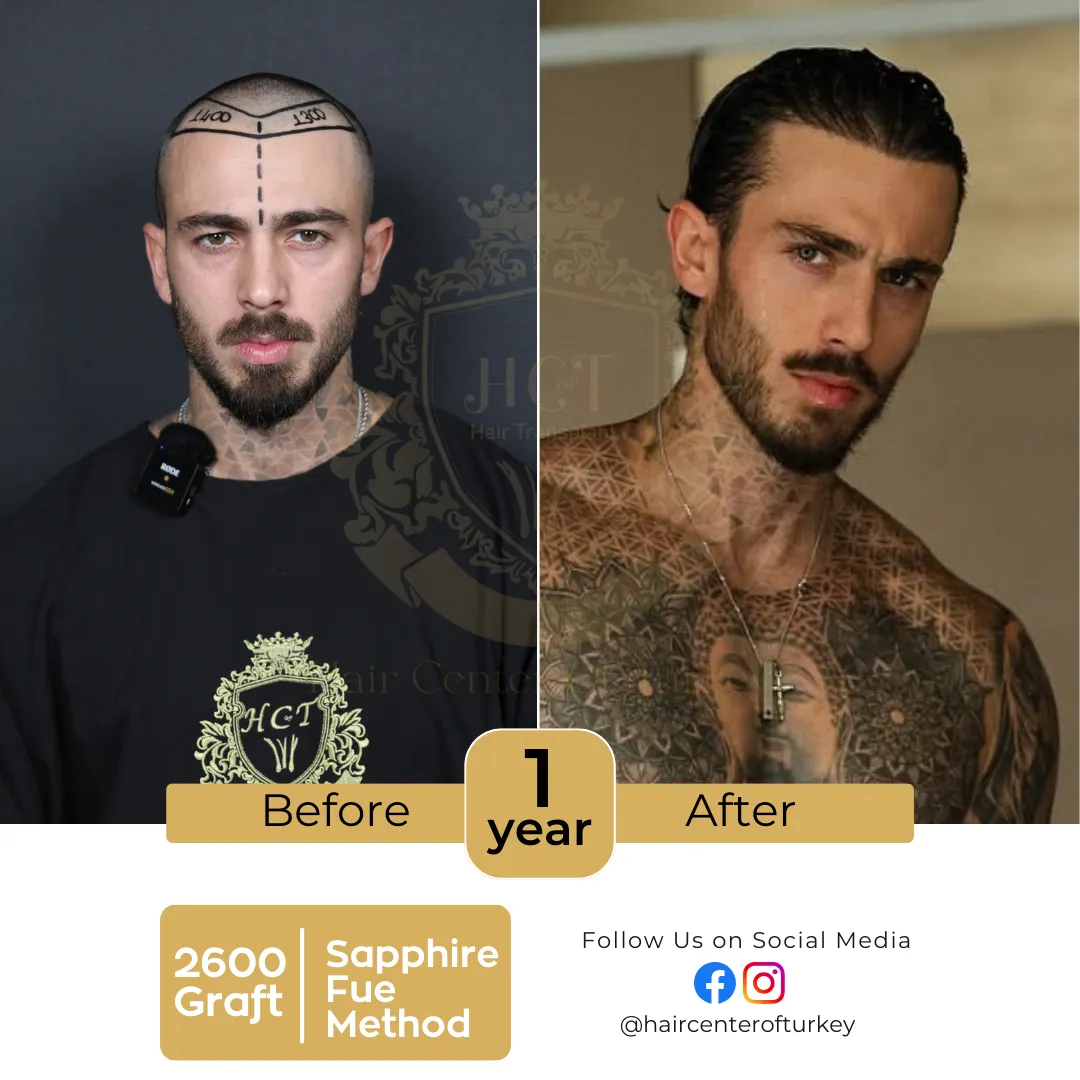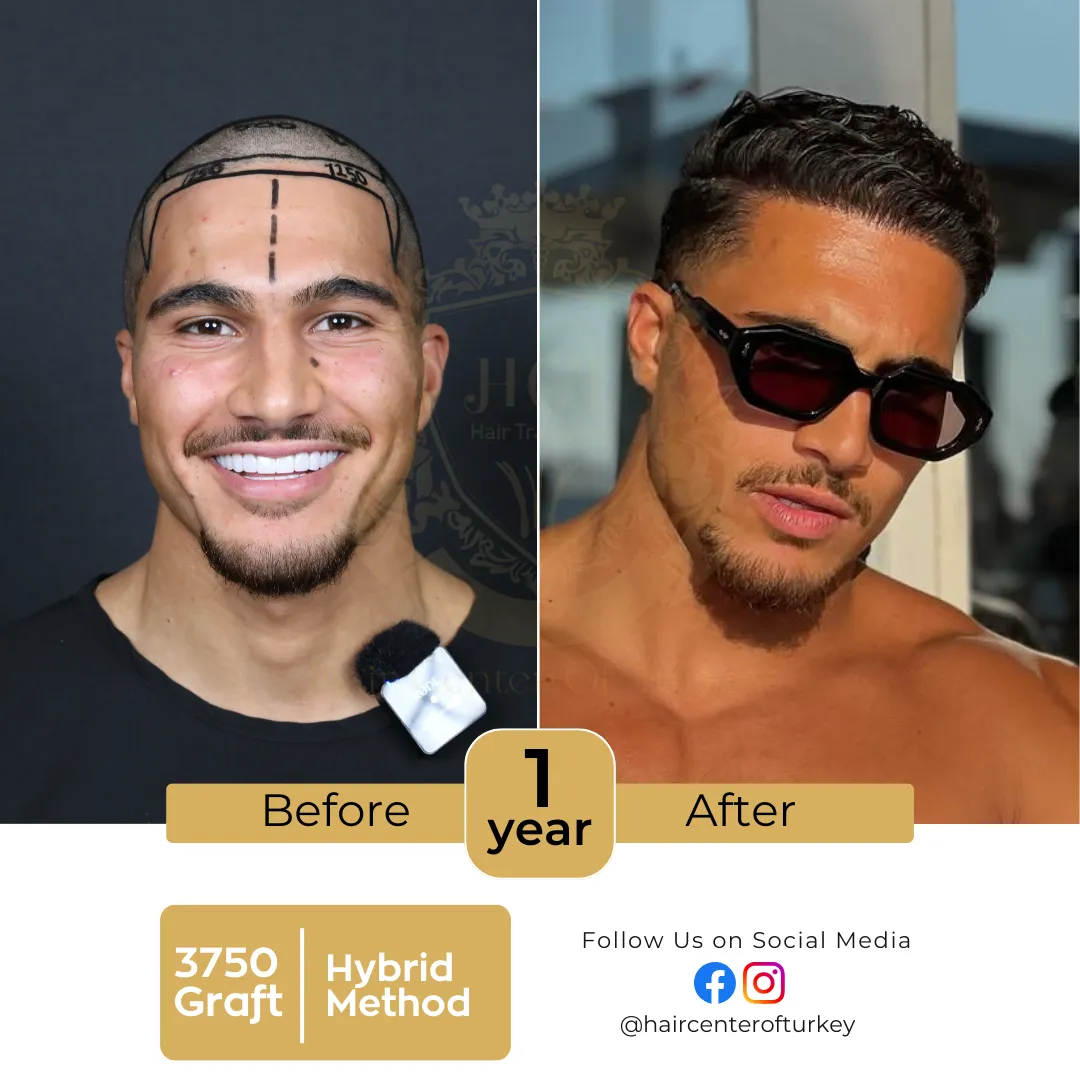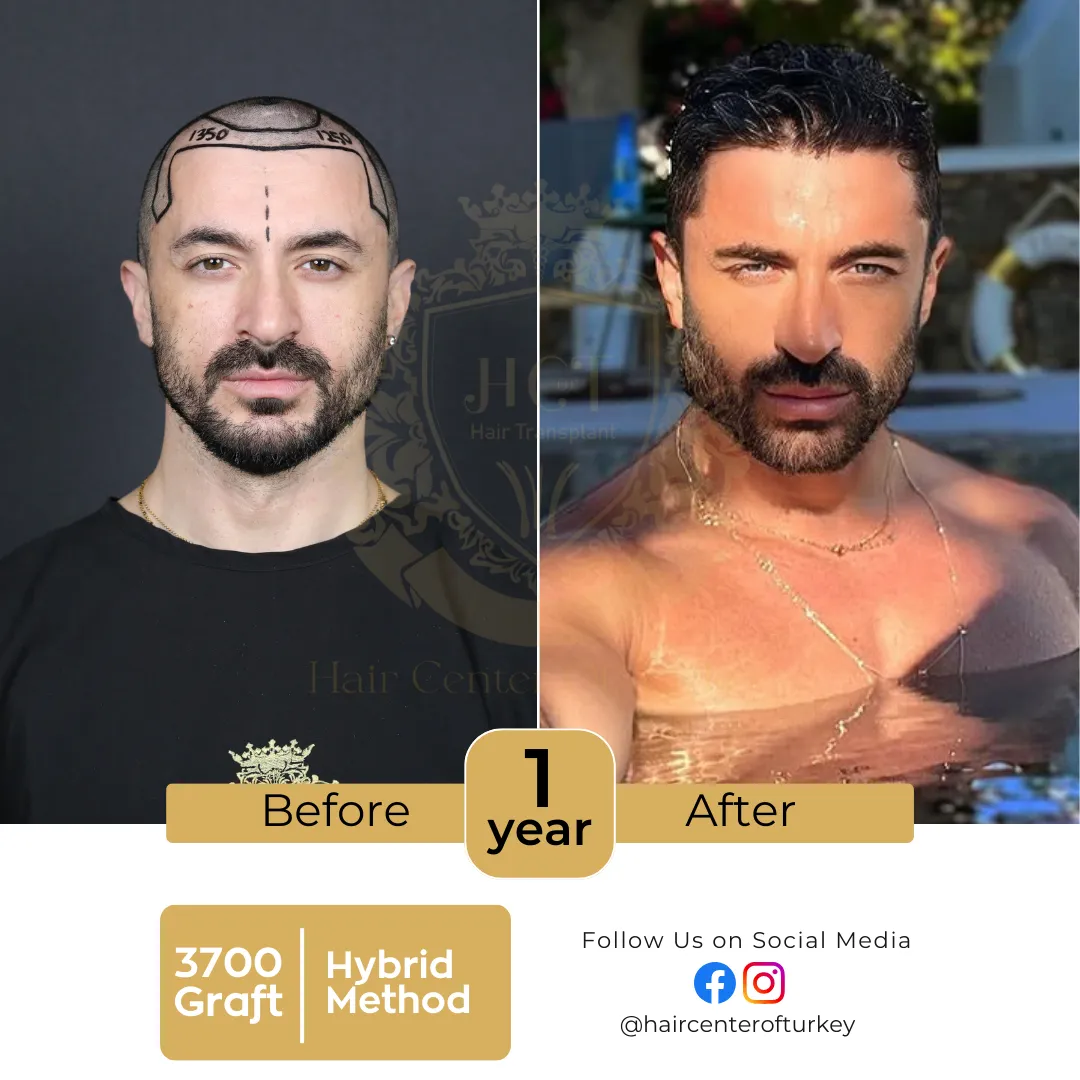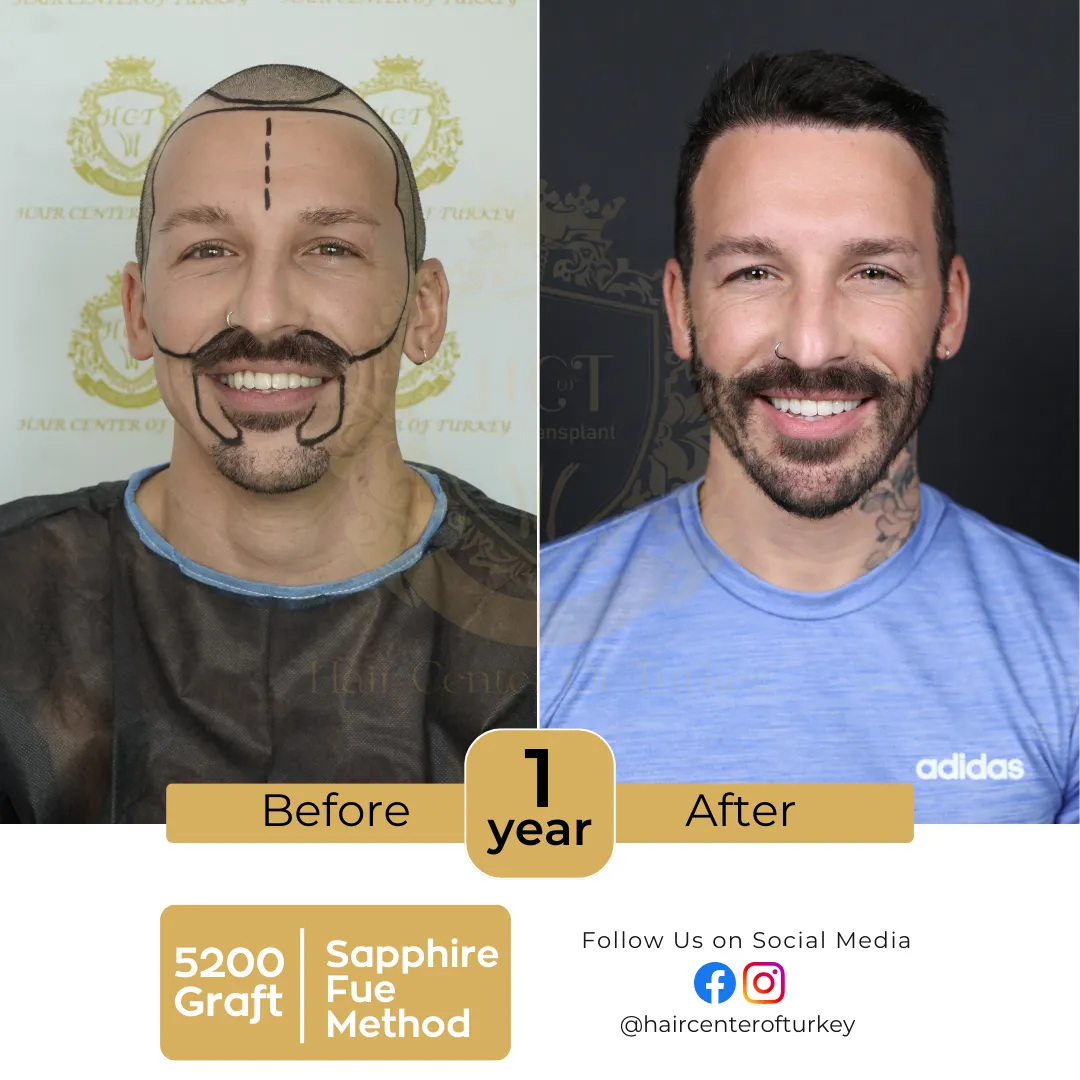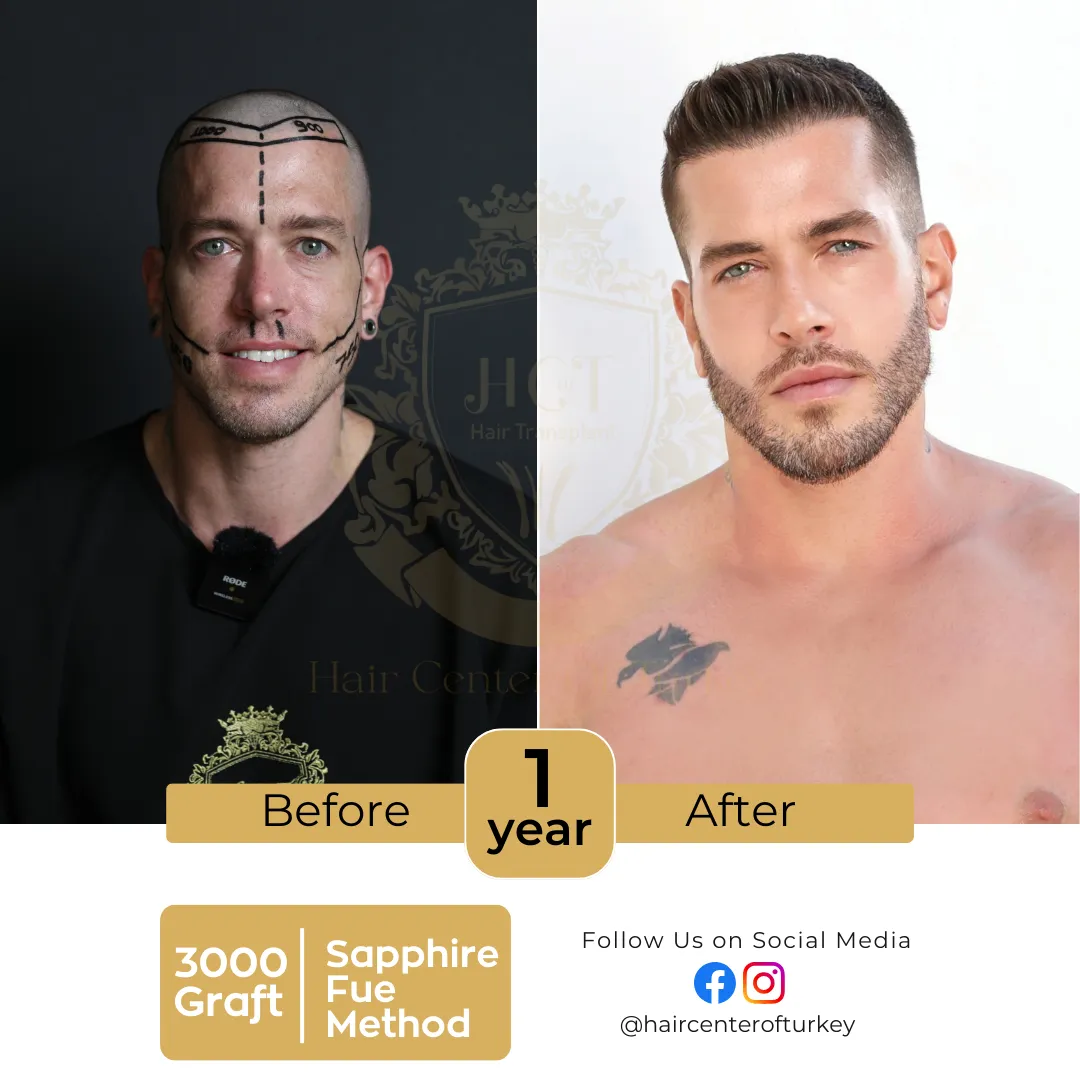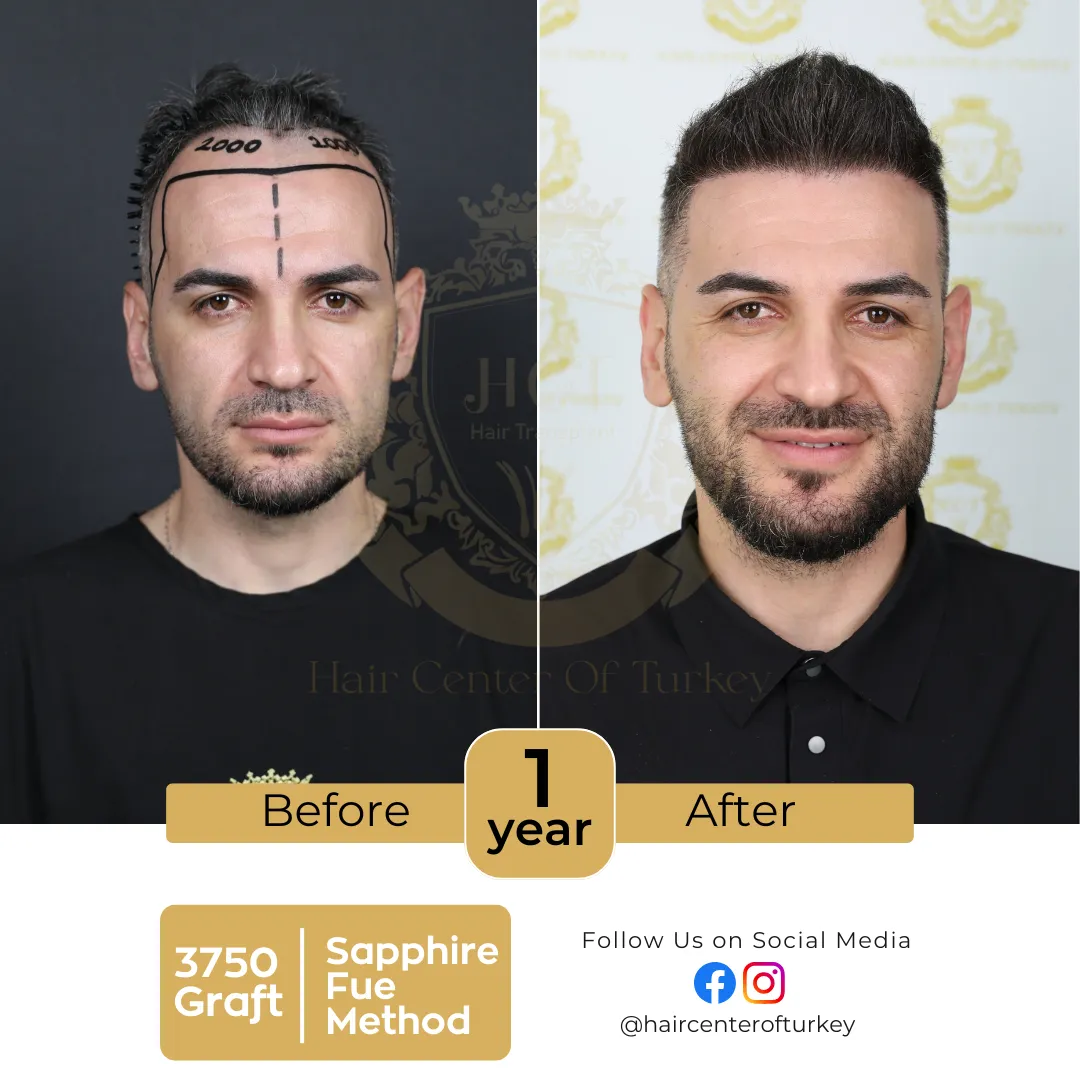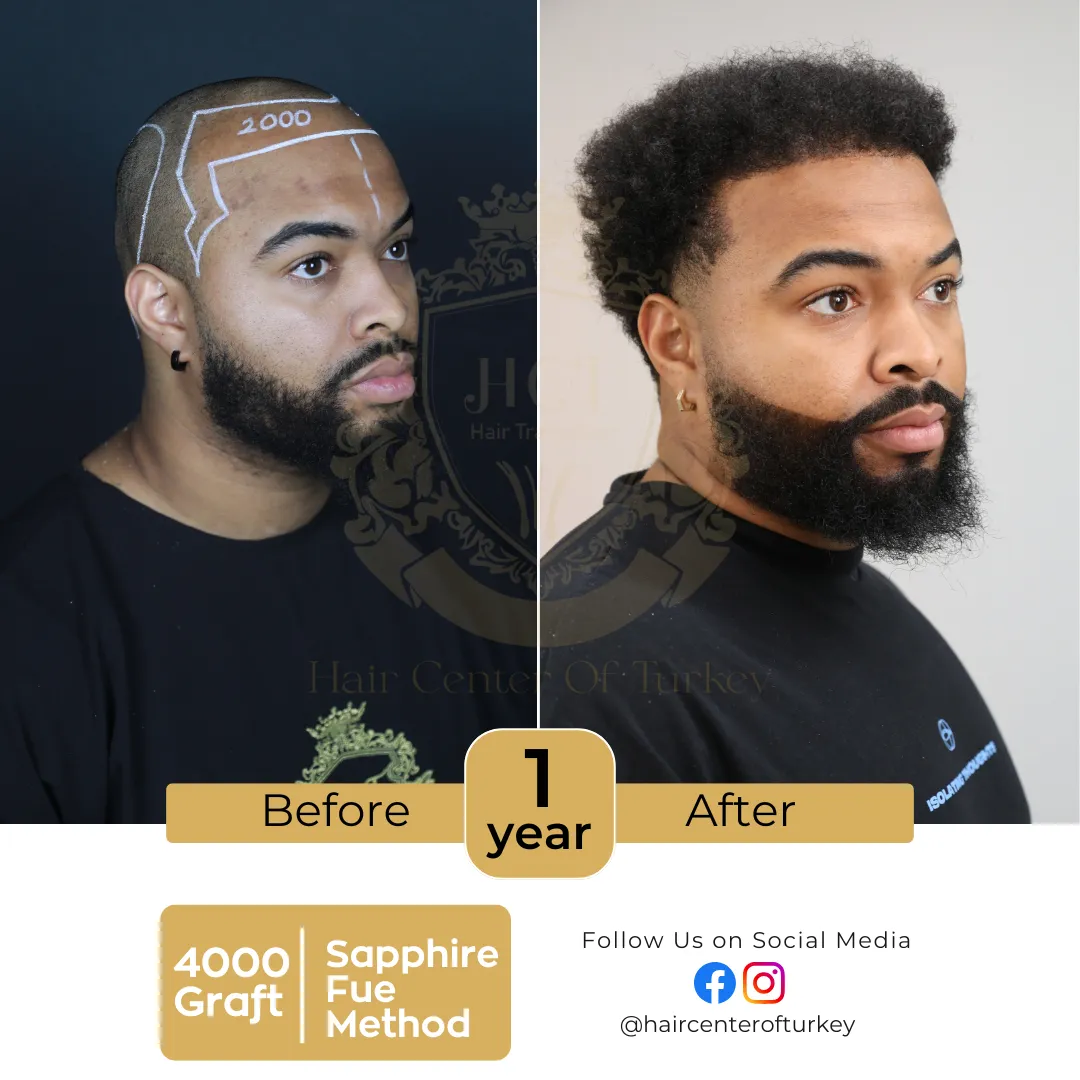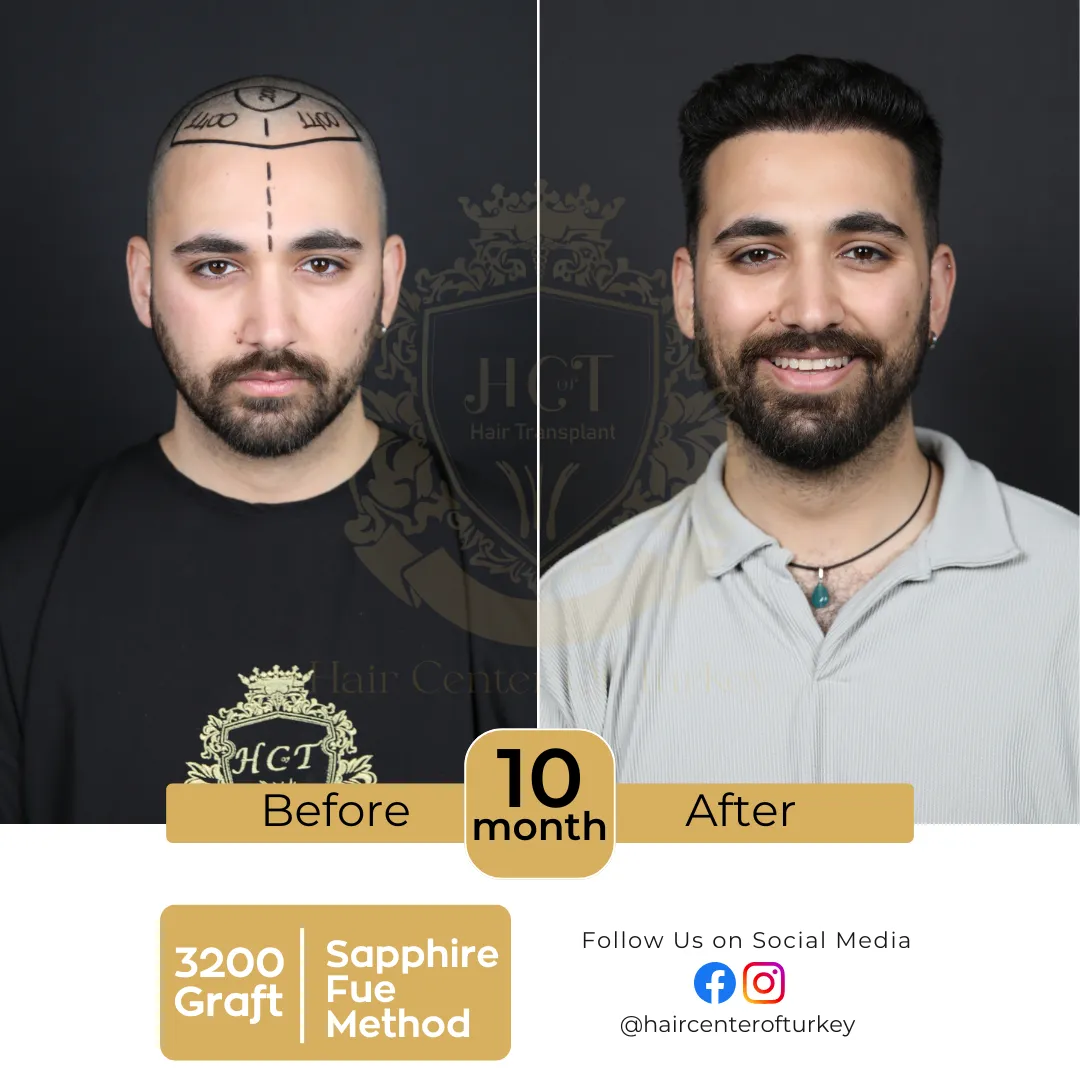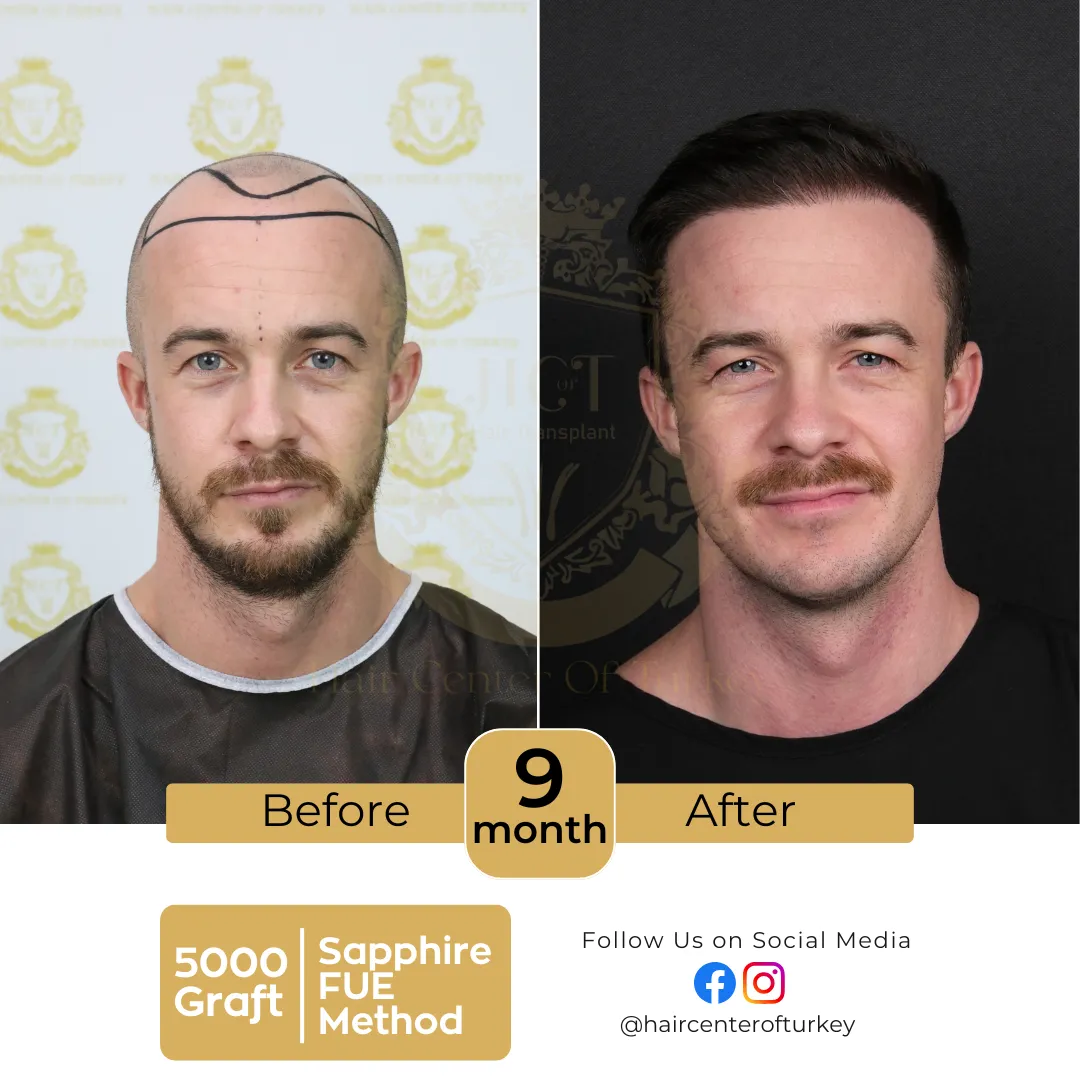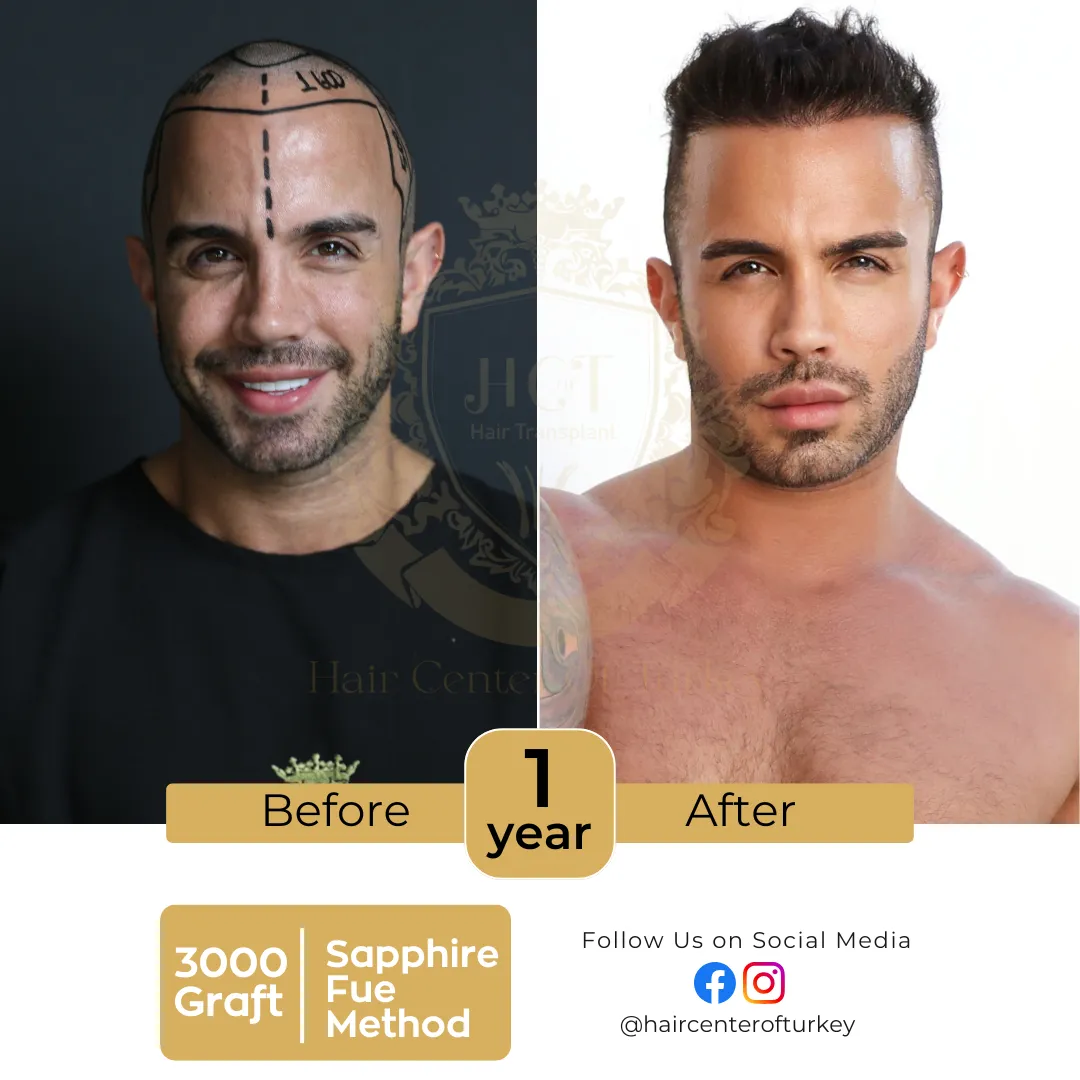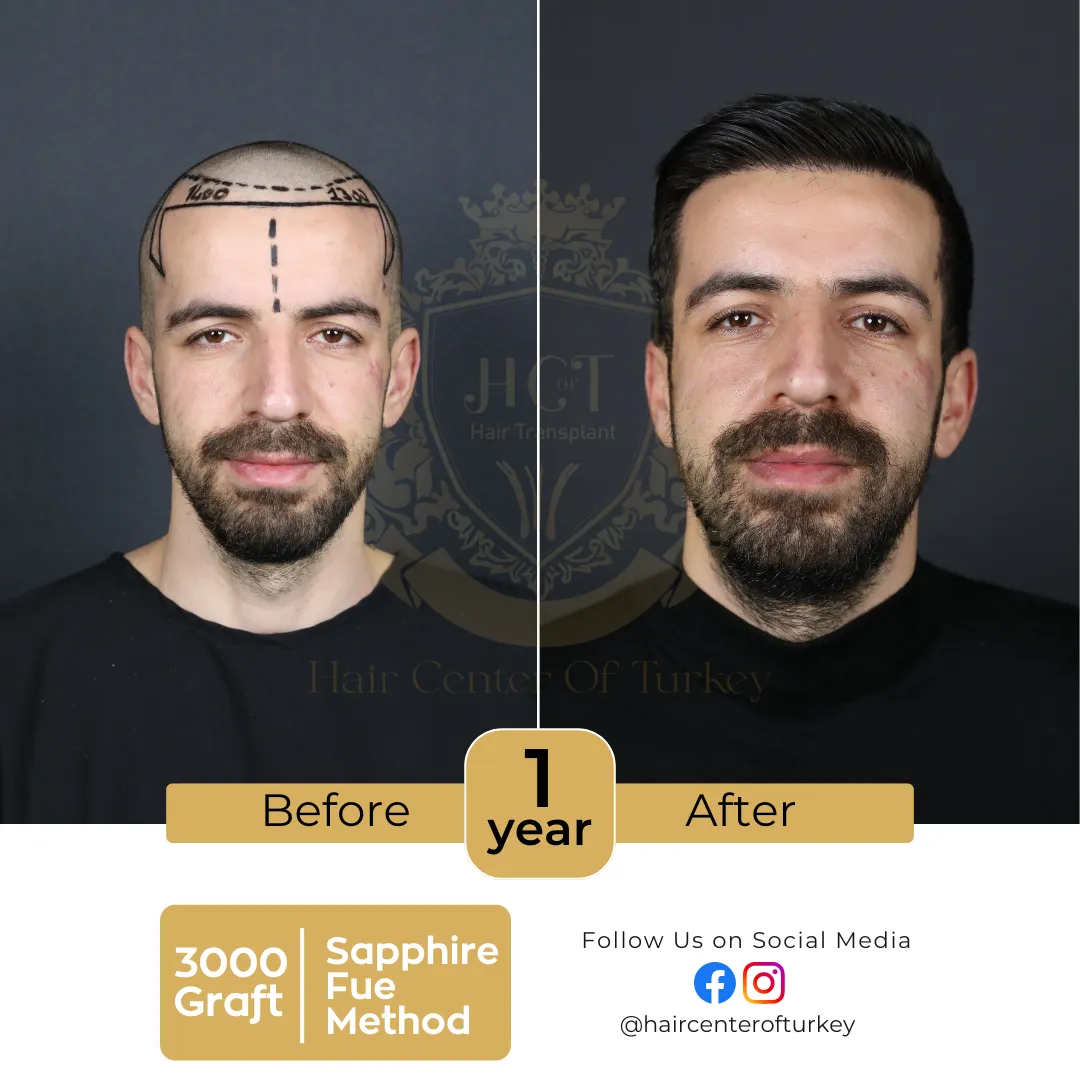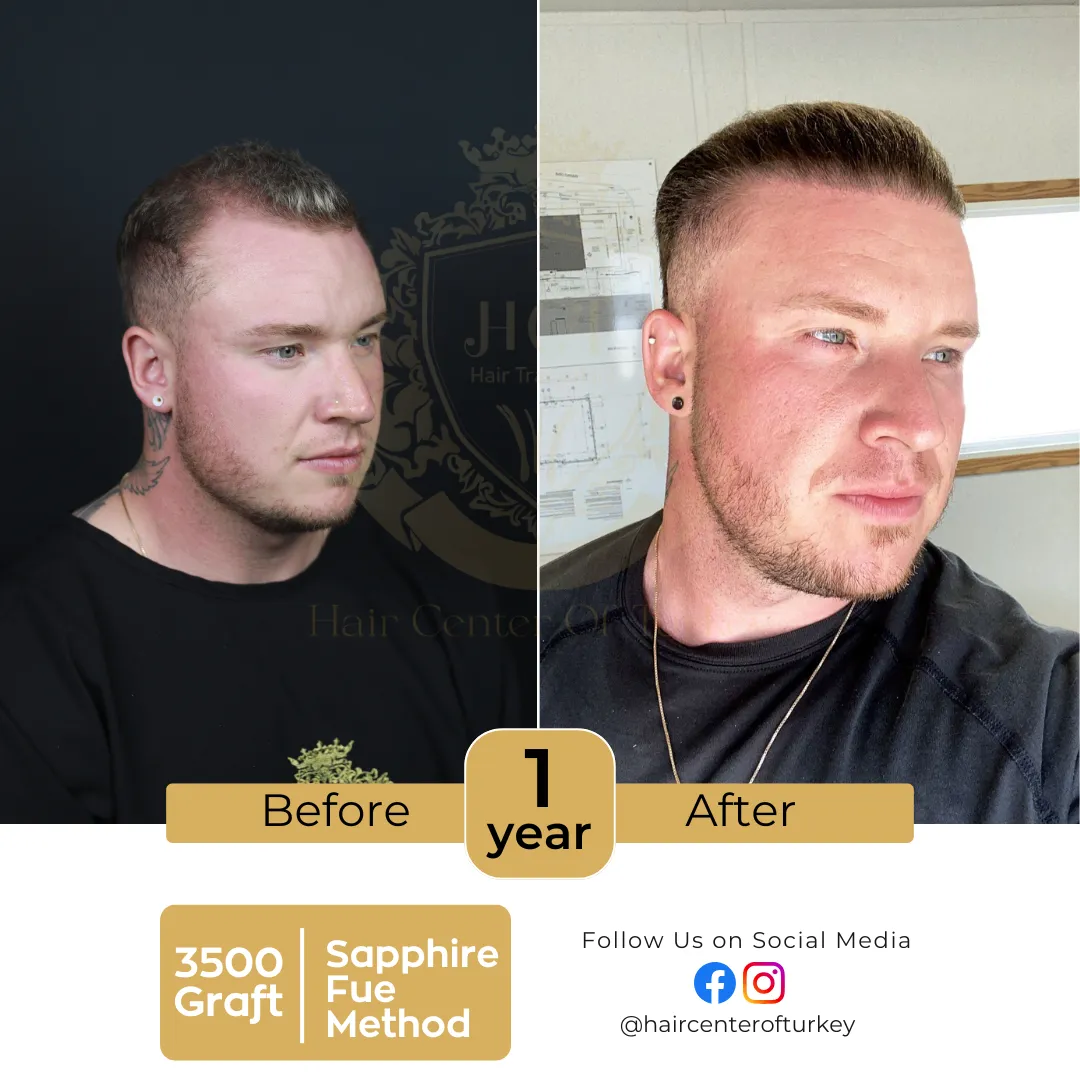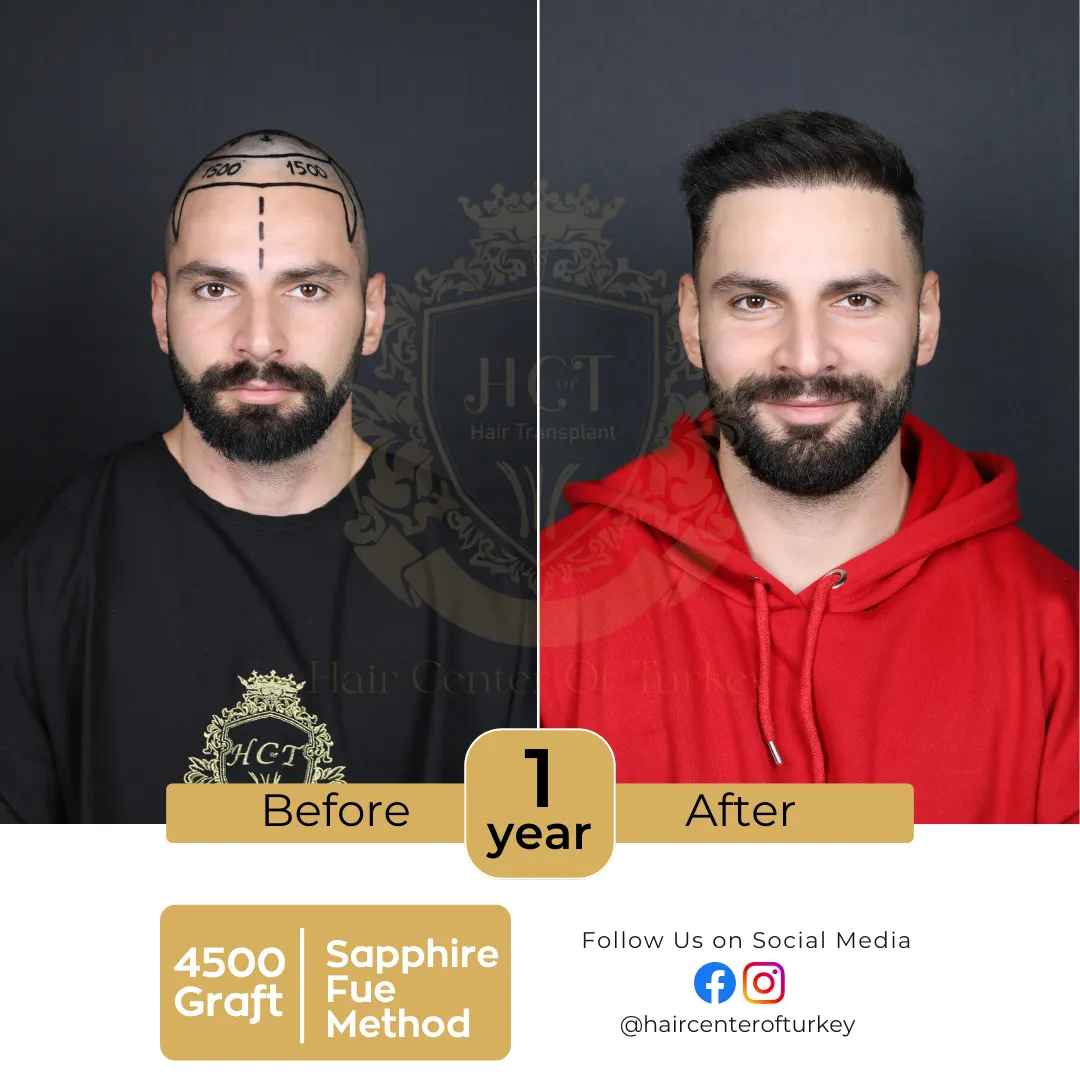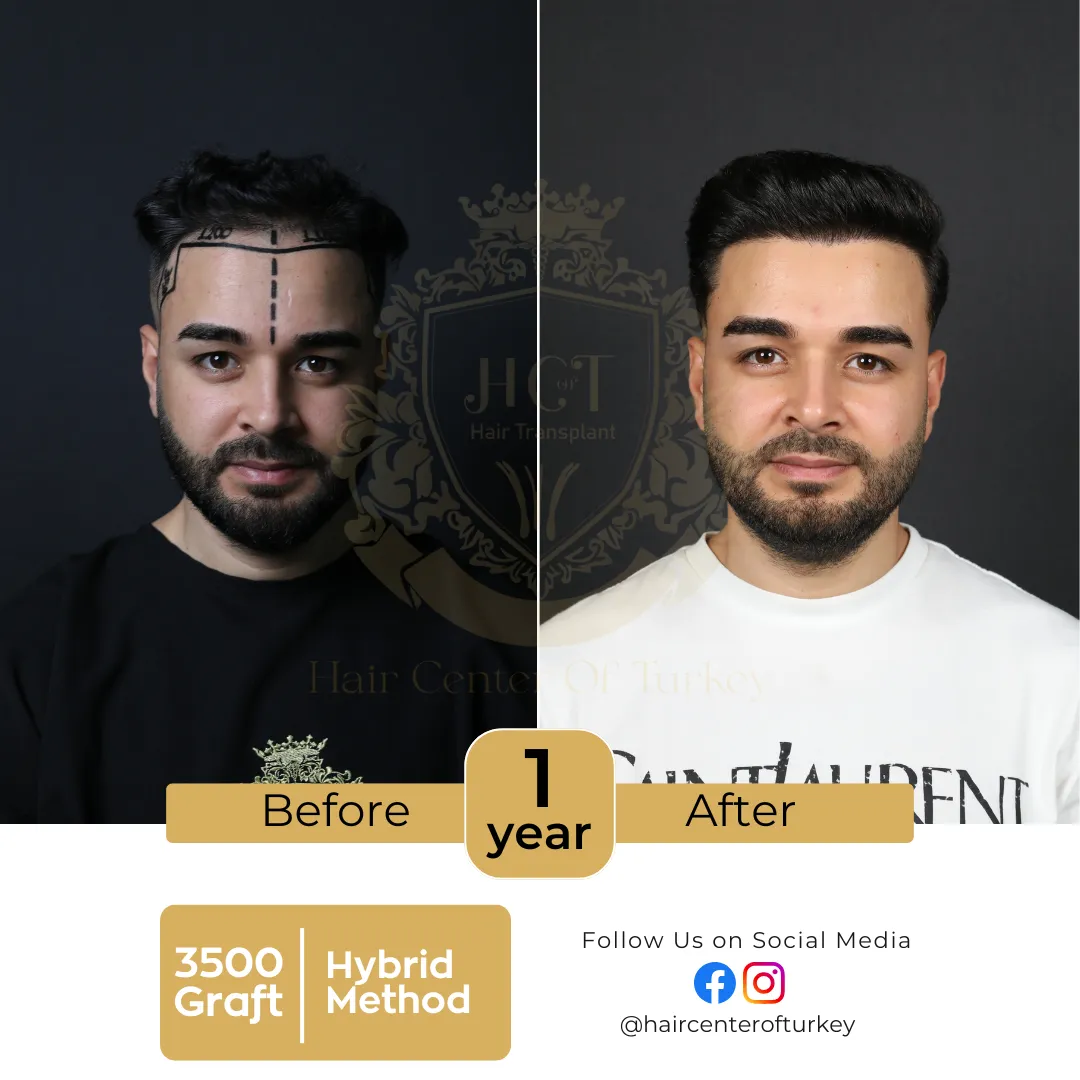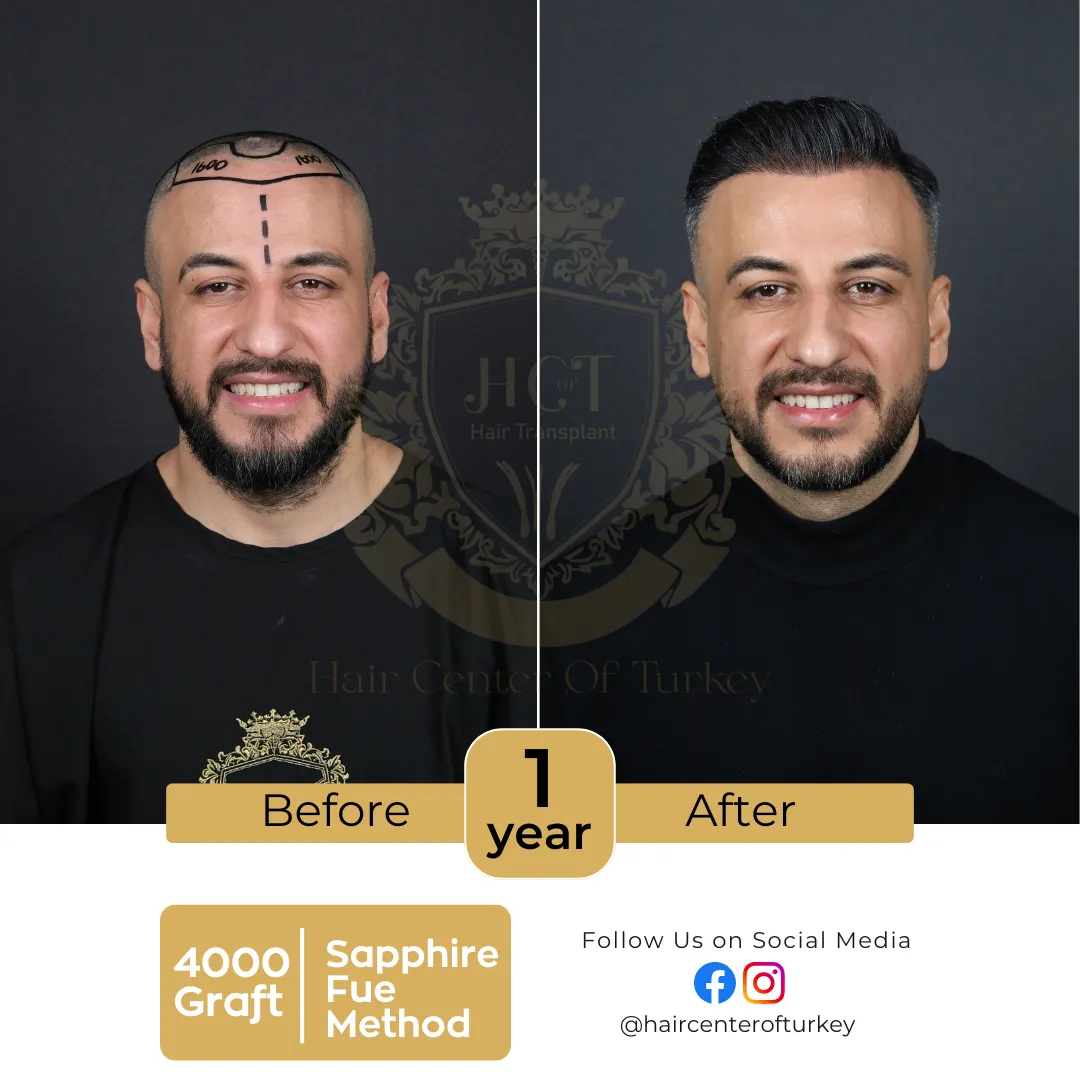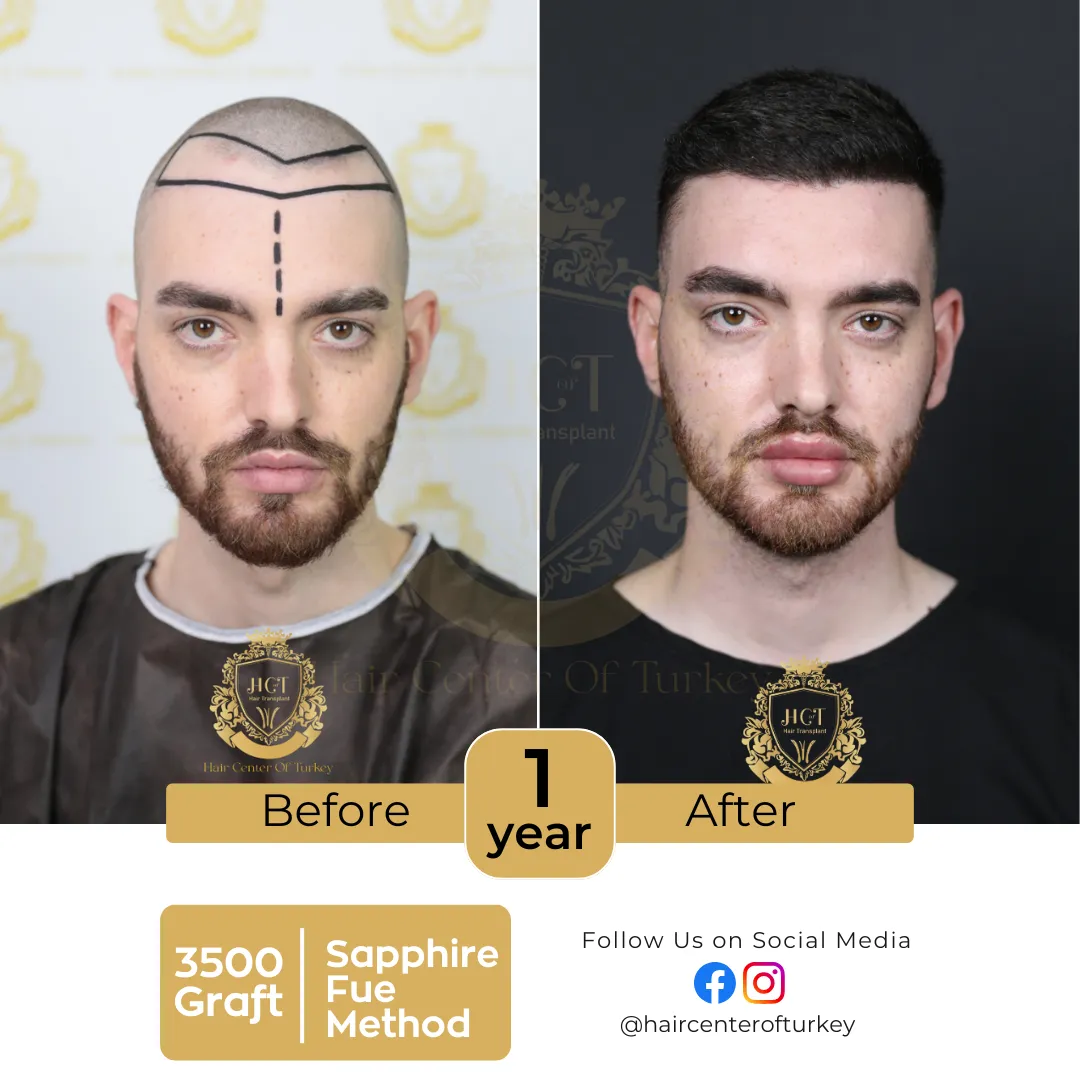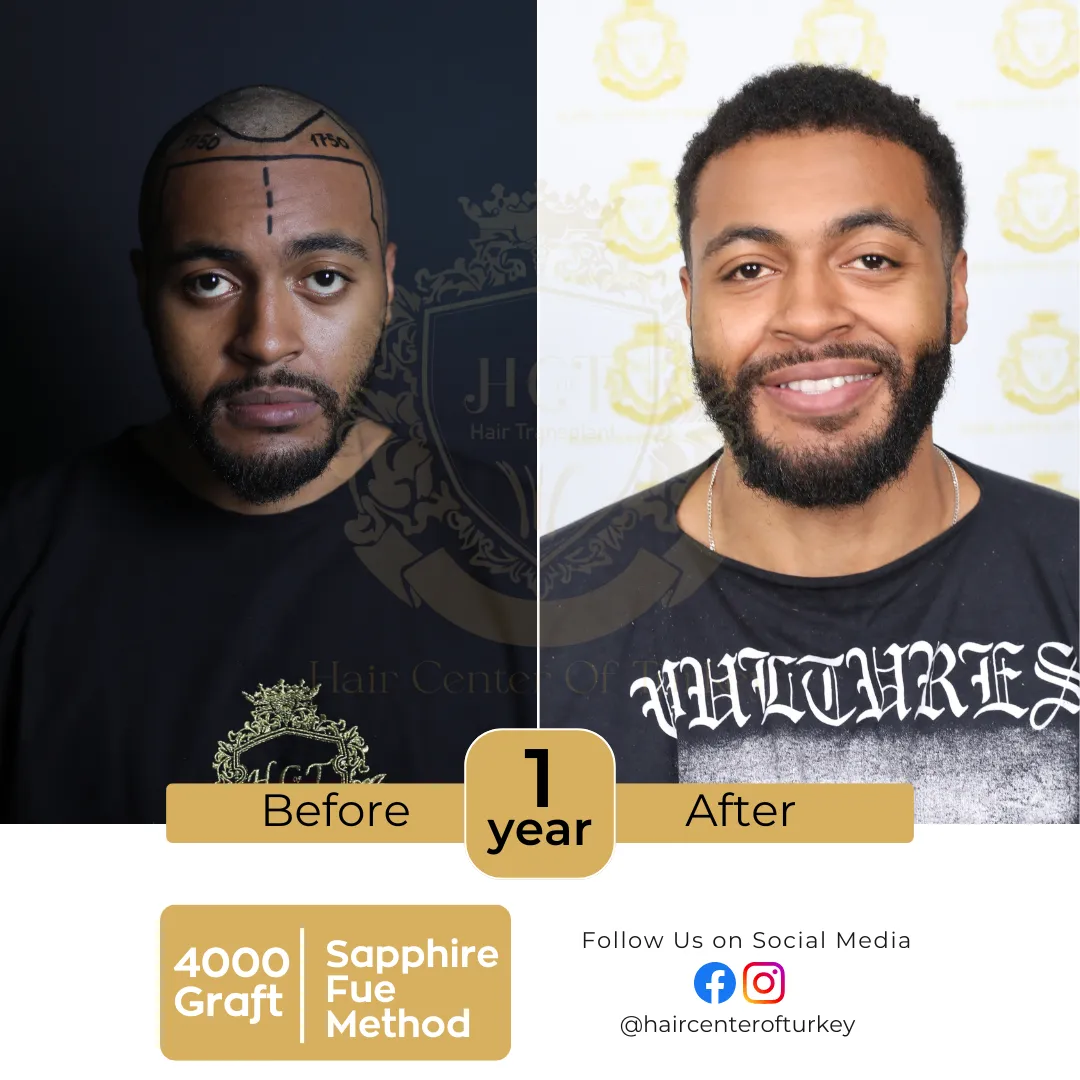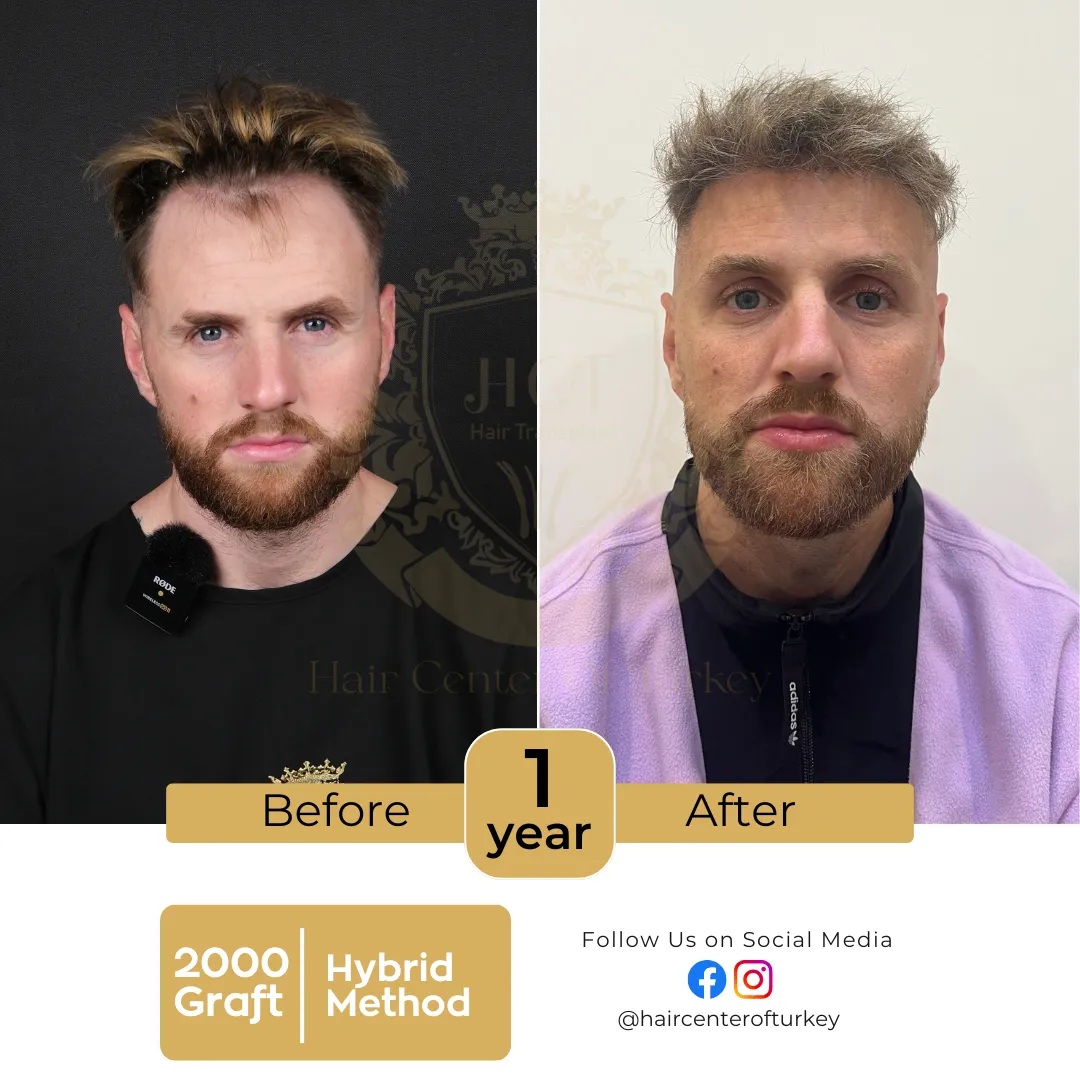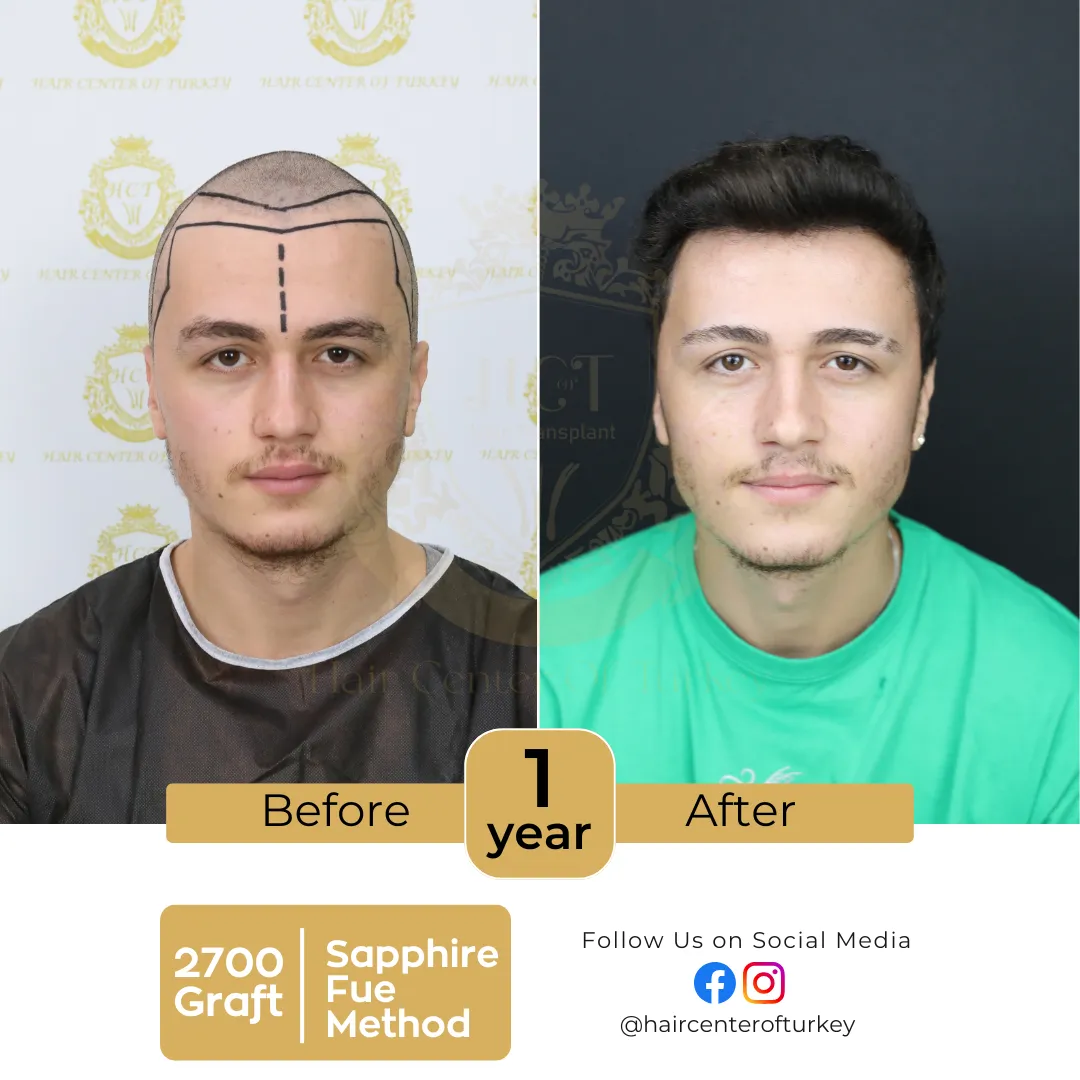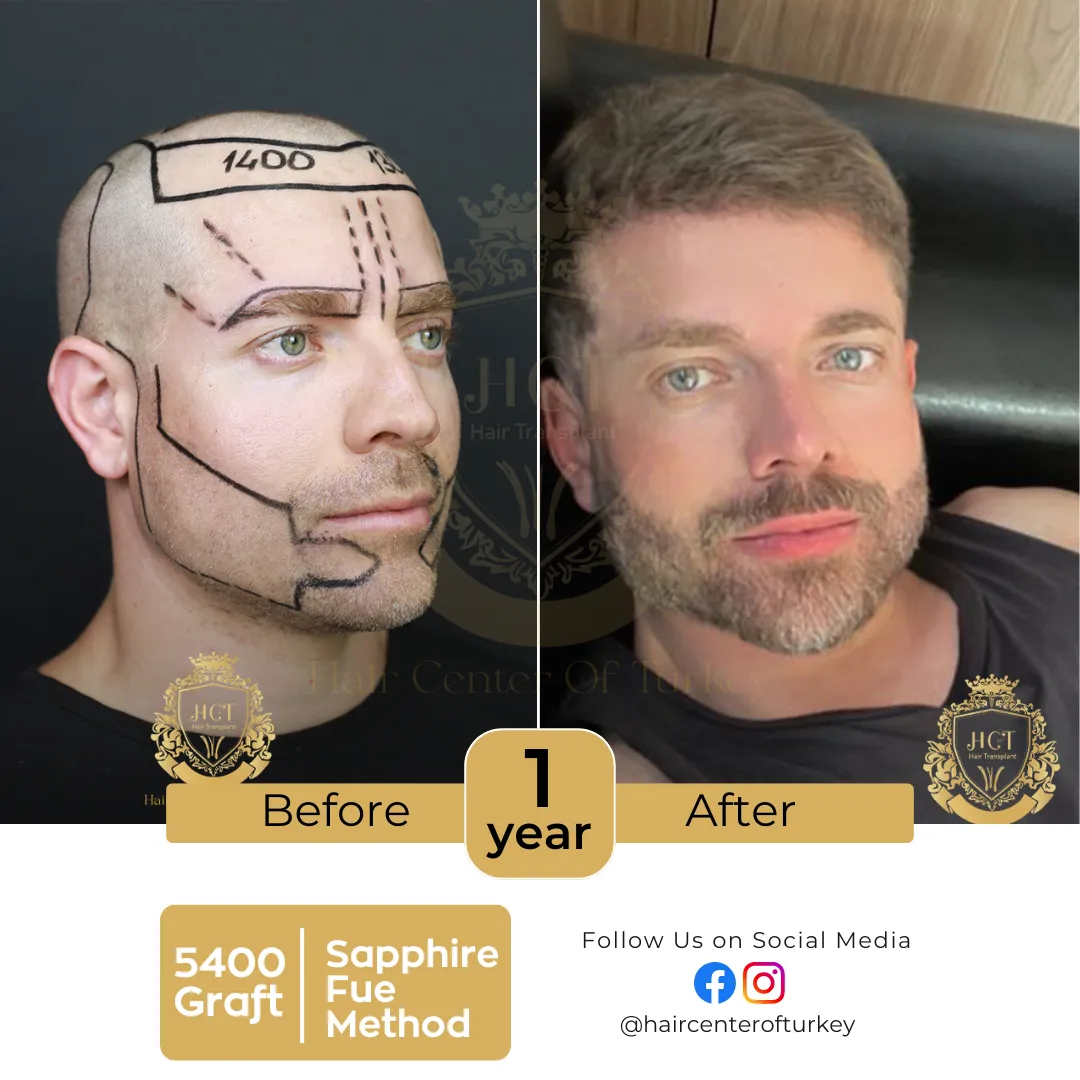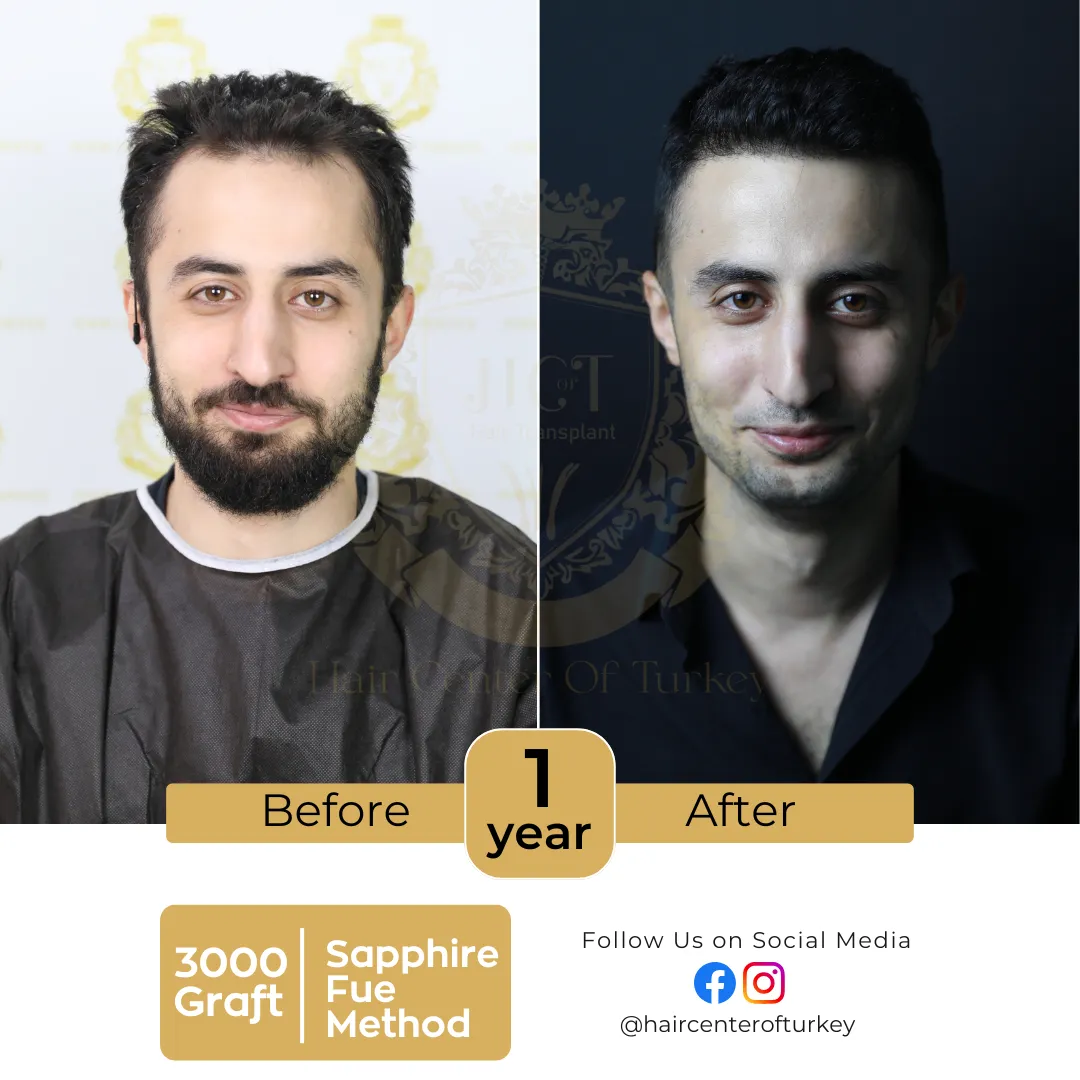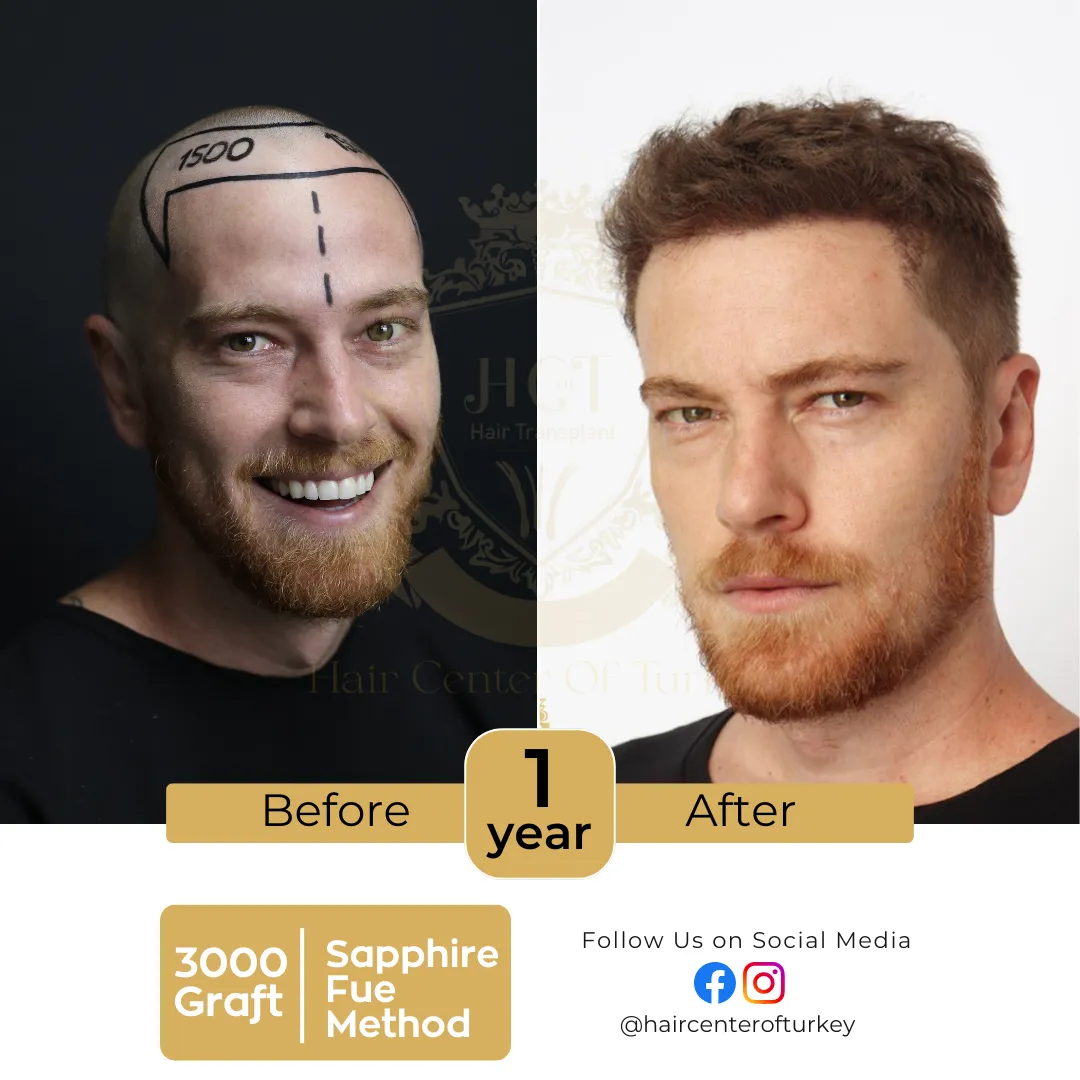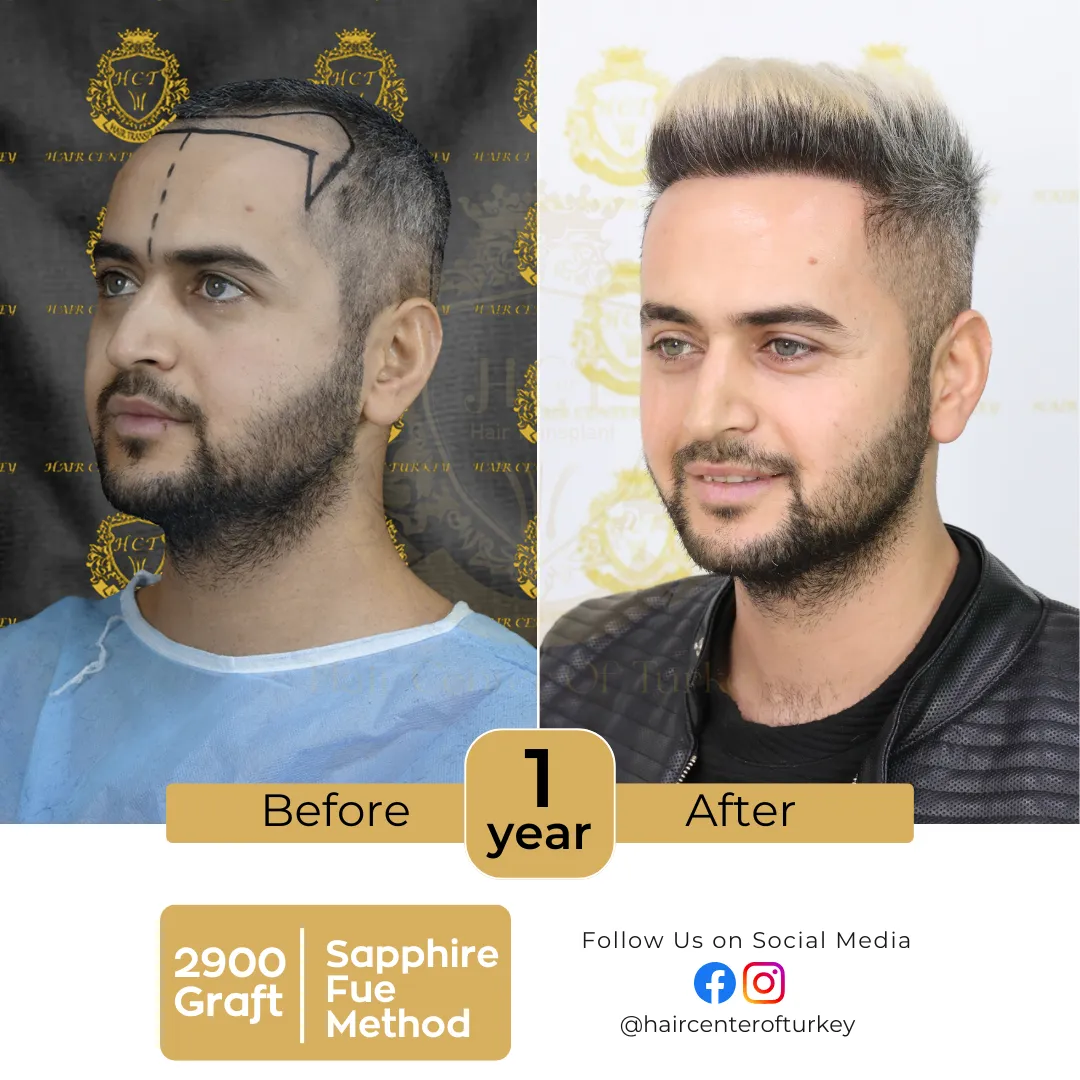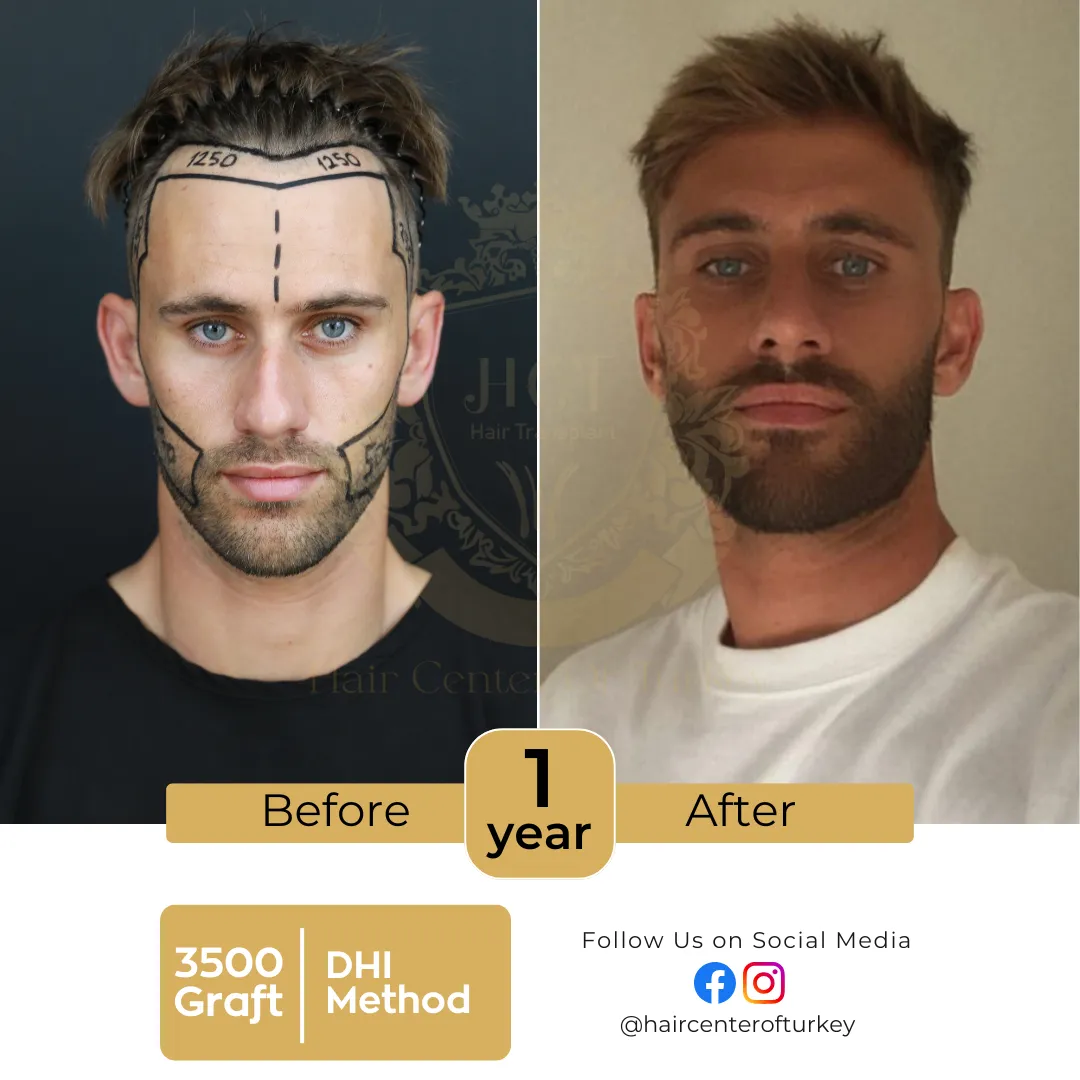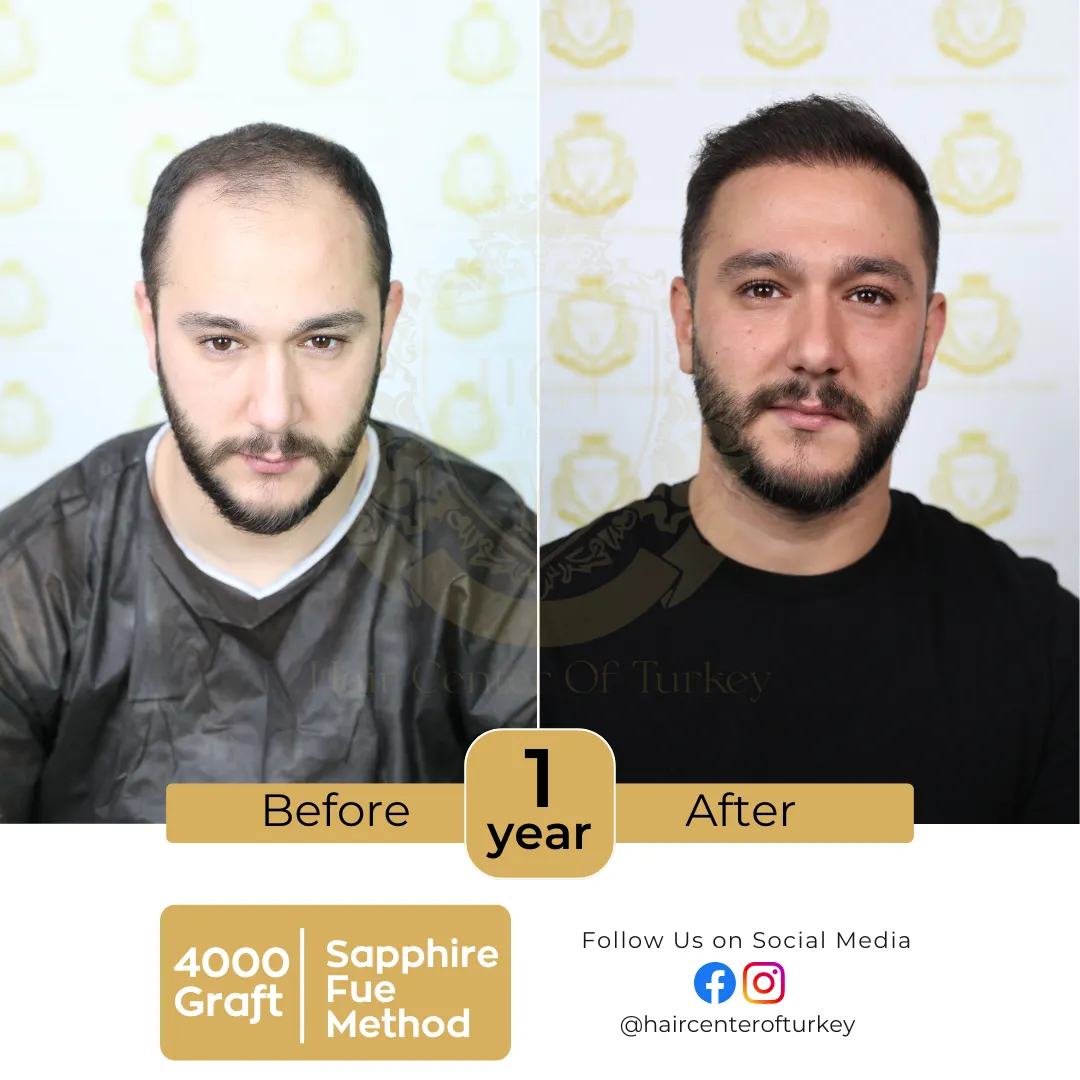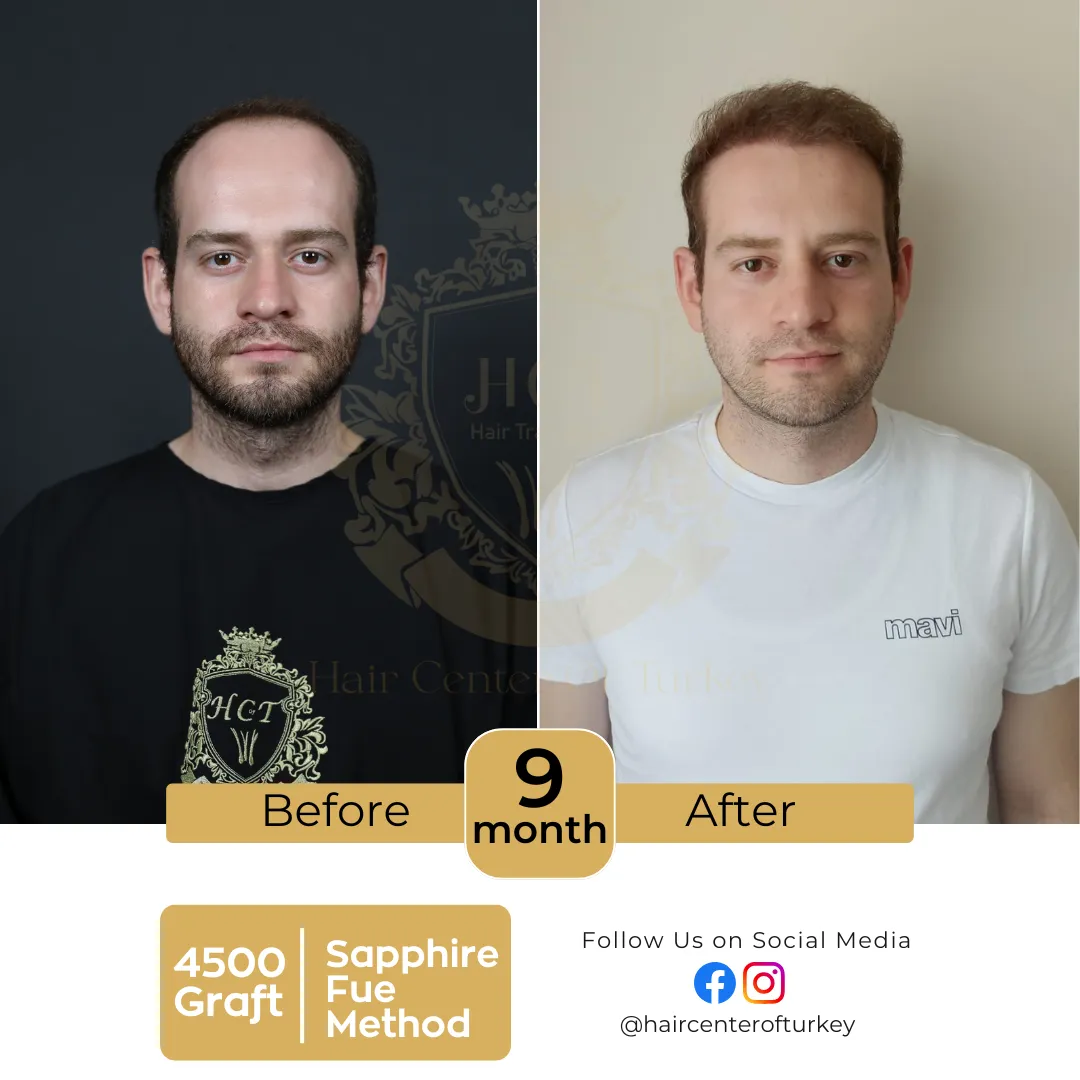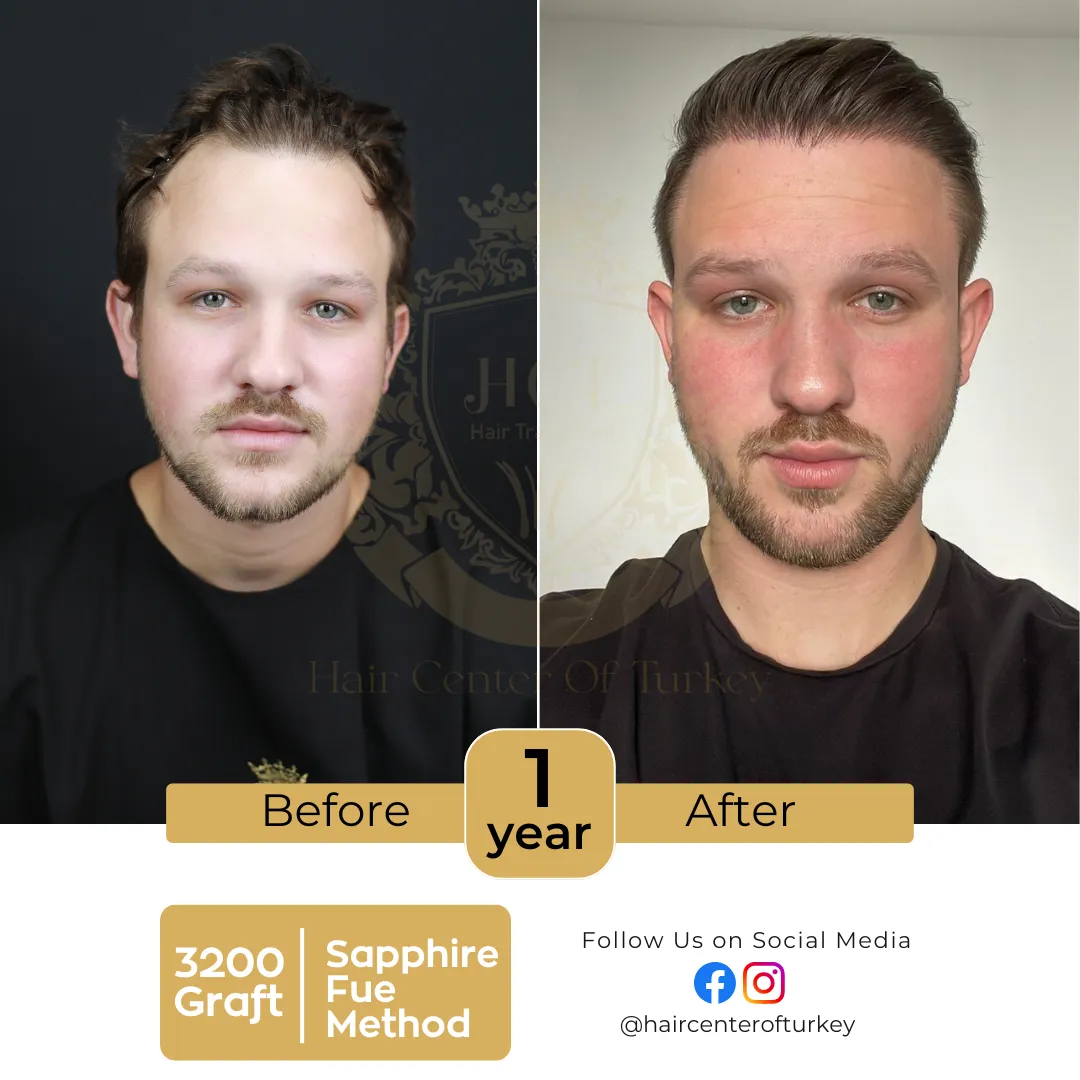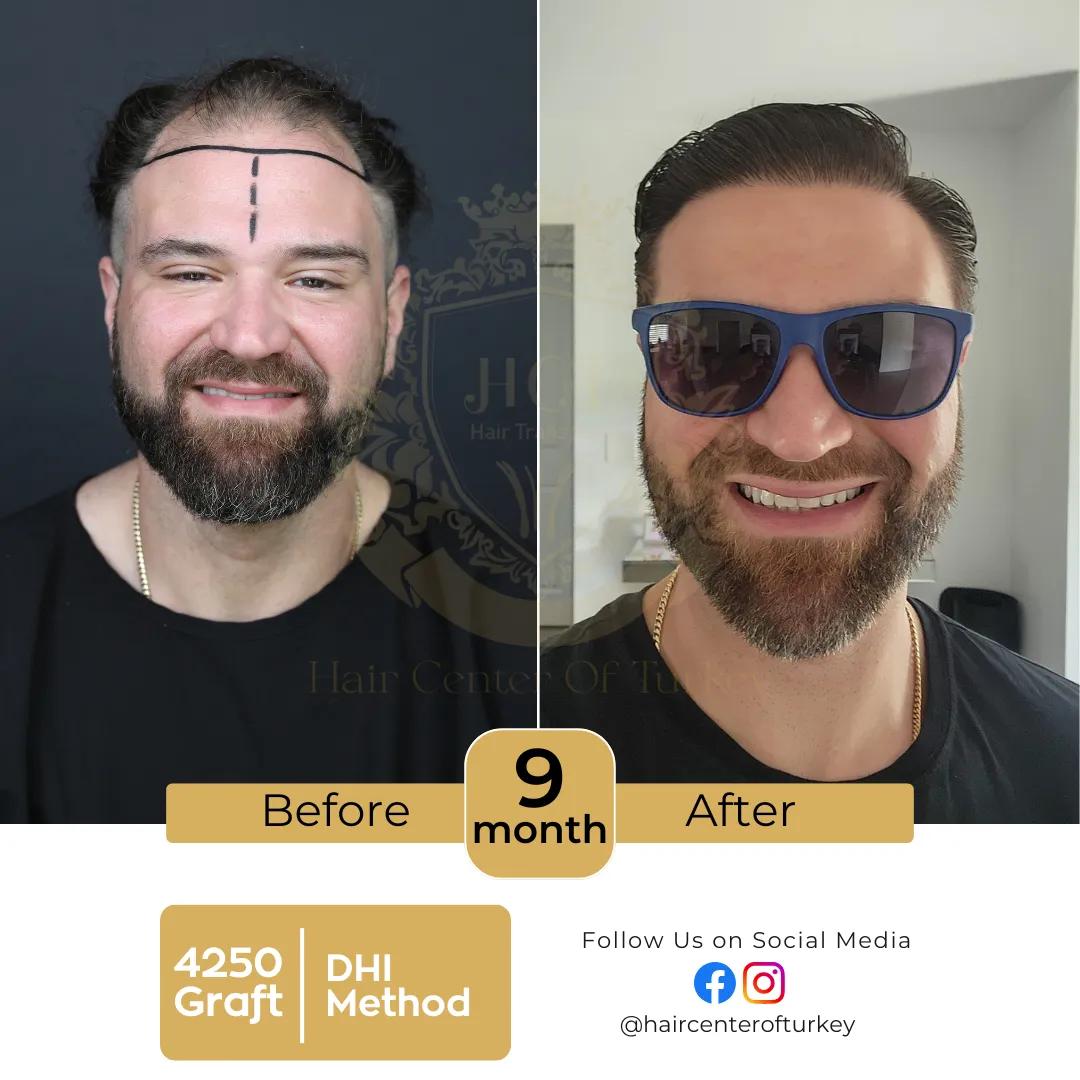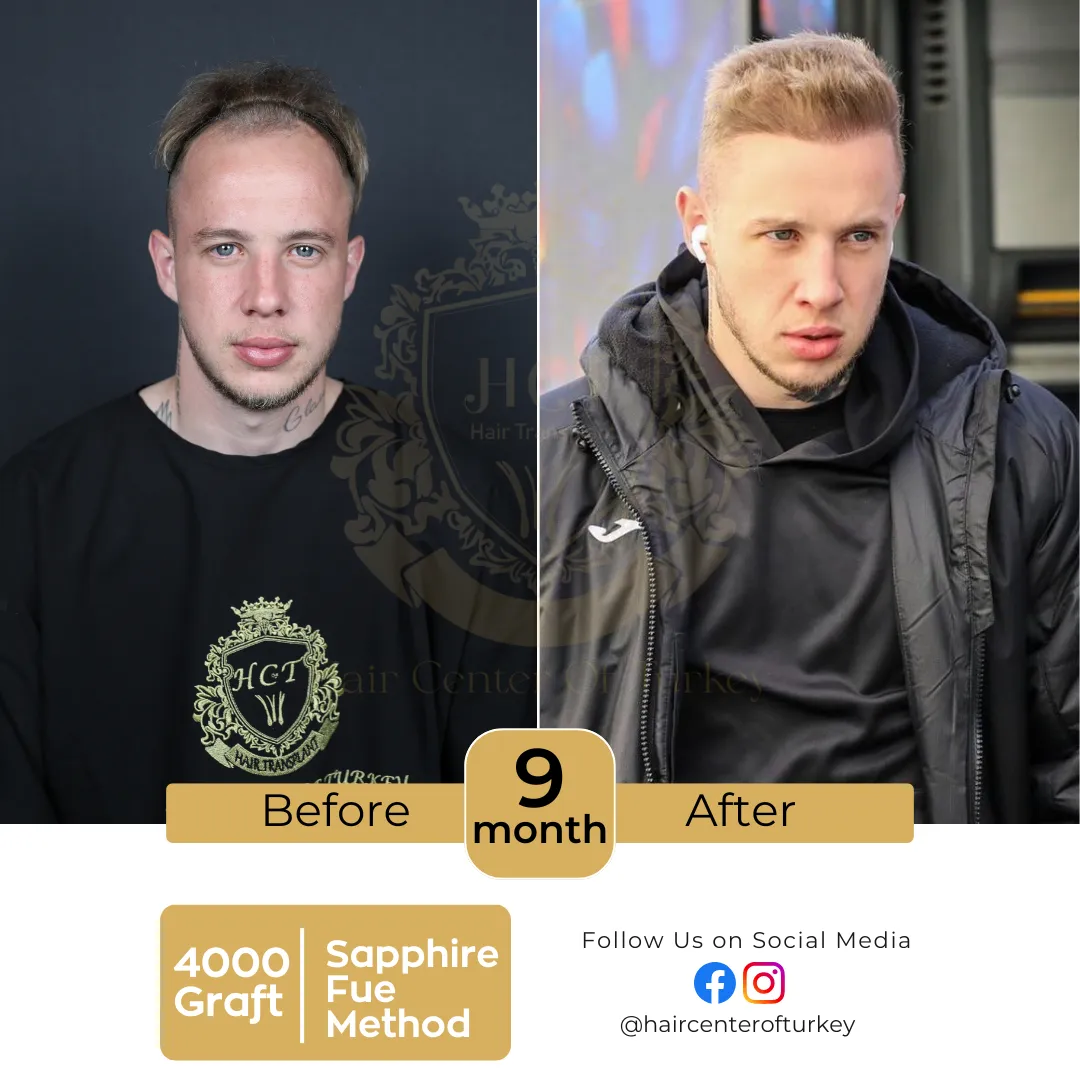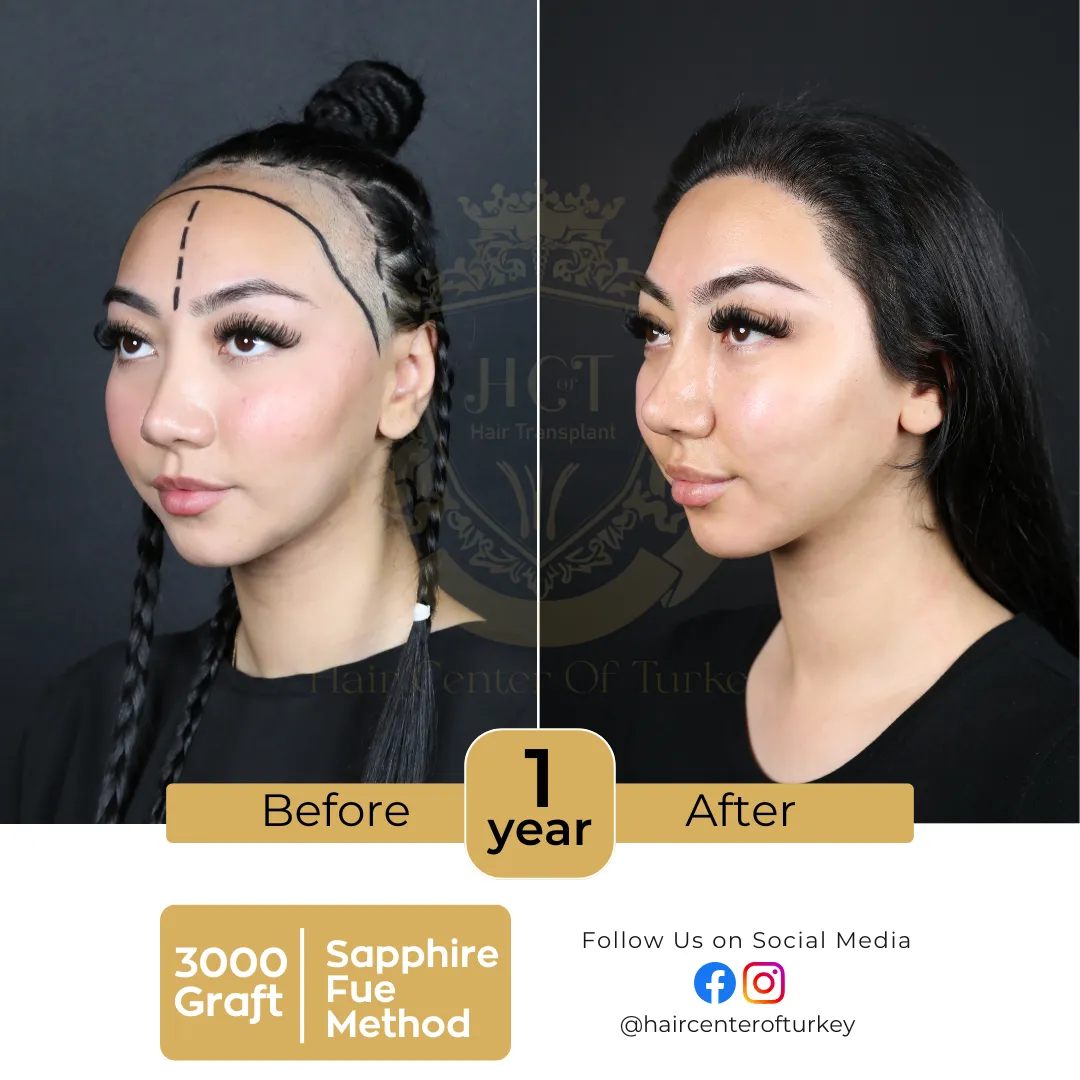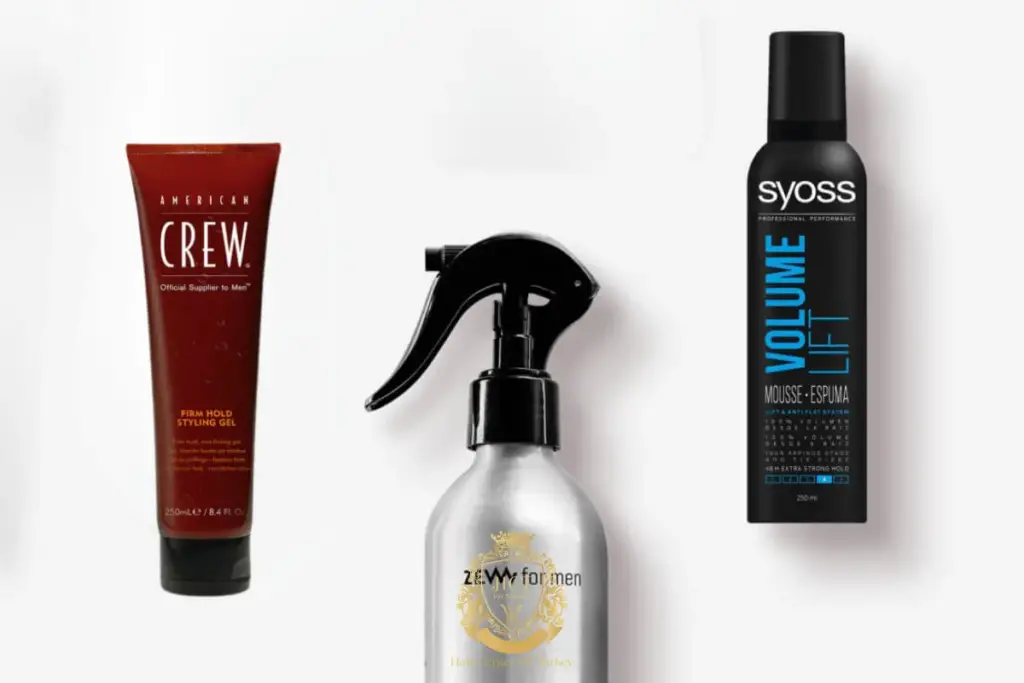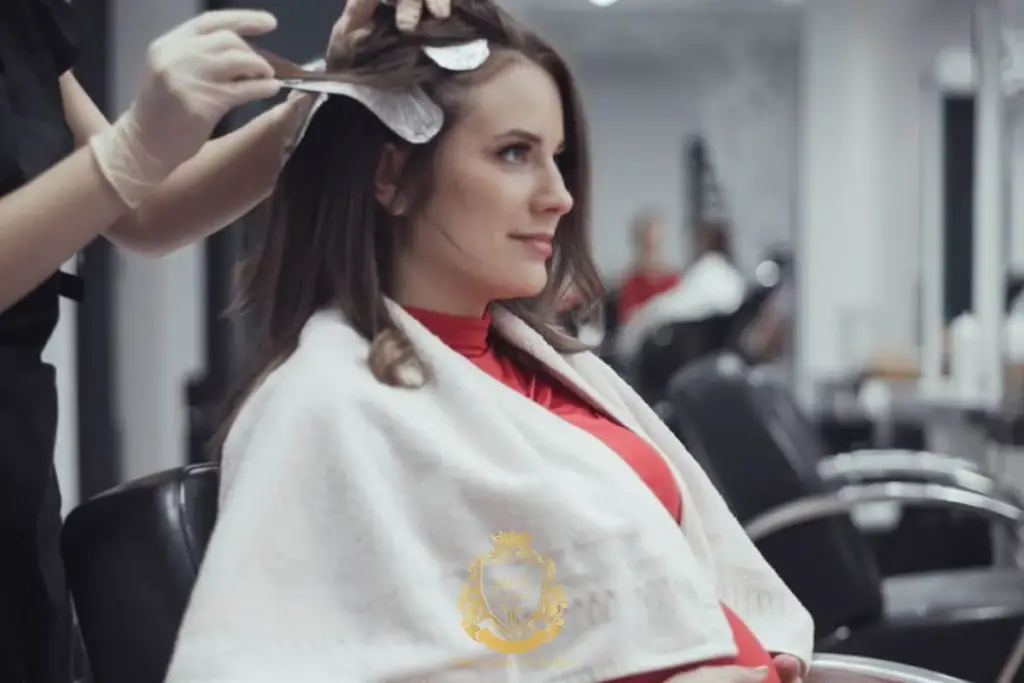Differences Between Ombre, Balayage, and Sombré
Nowadays, hair colors have become one of the most effective ways to express your style. Techniques like ombre, balayage, and sombré give hair a natural and stylish look. Although these techniques may seem similar, there are noticeable differences between them. In this article, we’ll explore “The Differences Between Ombre, Balayage, and Sombré,” detailing what each technique is, who it’s suitable for, and hair care tips.
What is Ombre?
Ombre comes from the French word for “shadow” and refers to a gradual color transition from roots to tips. In this technique, the roots are usually kept in their natural color, gradually lightening toward the ends. Among ombre, balayage, and sombré, the most distinctive feature of ombre is its clear contrast.
Ombre is ideal for those who want a dramatic color change. It creates an impressive look, especially on long hair, and the color applied to the ends highlights facial features. Additionally, because ombre doesn’t require root coloring, it is less damaging to hair health.
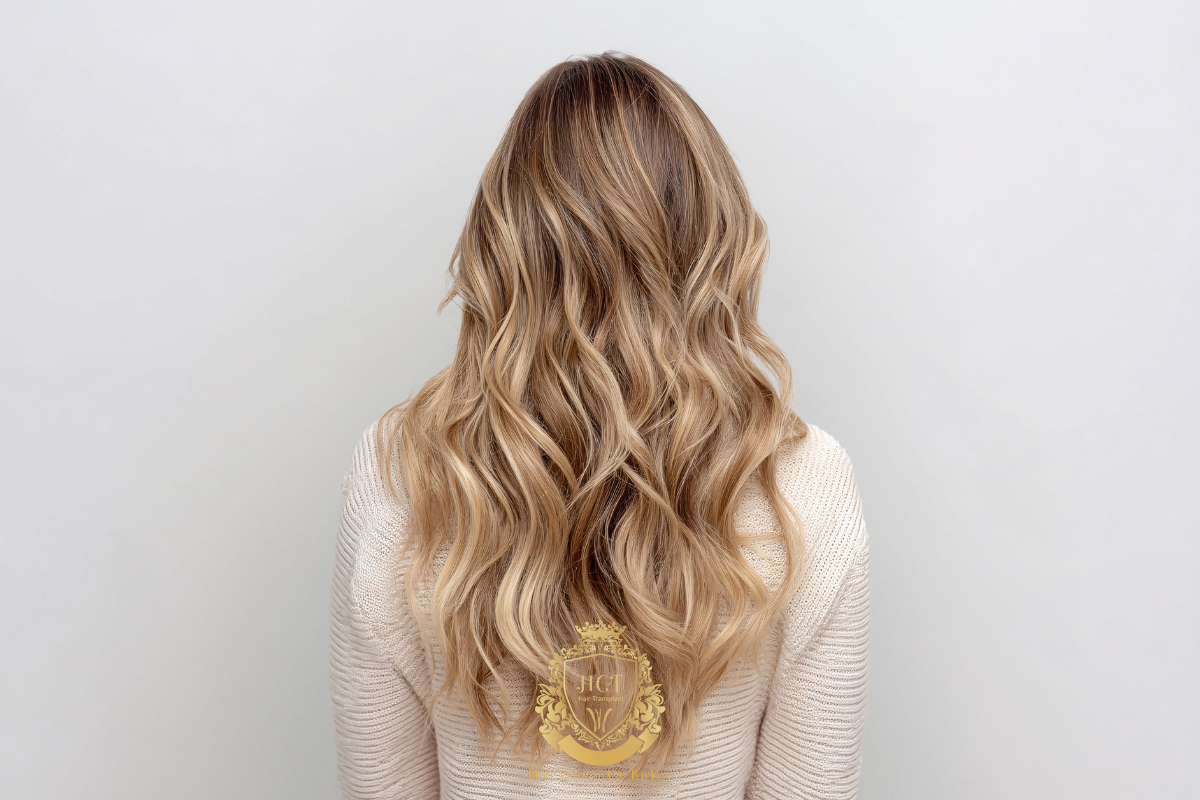
What is Balayage?
Balayage comes from the French word for “to sweep” and involves applying color by hand to create a natural sunlight effect on the hair. In terms of differences between ombre, balayage, and sombré, balayage offers a softer and more natural transition. The contrast is less pronounced than ombre, and the colors blend harmoniously with the hair’s movement.
Balayage works well on fine or short hair, adding depth and volume naturally. The color is applied to random sections, creating a natural light effect rather than a sharp transition. This technique is practical for daily maintenance because it requires less frequent touch-ups.
What is Sombré?
Sombré, short for “soft ombre,” means a soft, subtle ombre. Among ombre, balayage, and sombré, sombré gives the most natural and elegant look. The root-to-tip color transition is gentle and subtle, with no harsh contrasts.
Sombré is perfect for those who prefer natural tones and want a slight color change in their hair. It preserves the natural hair color while creating light tone variations at the ends or certain areas. Compared to balayage and ombre, sombré provides a more sophisticated and soft effect.
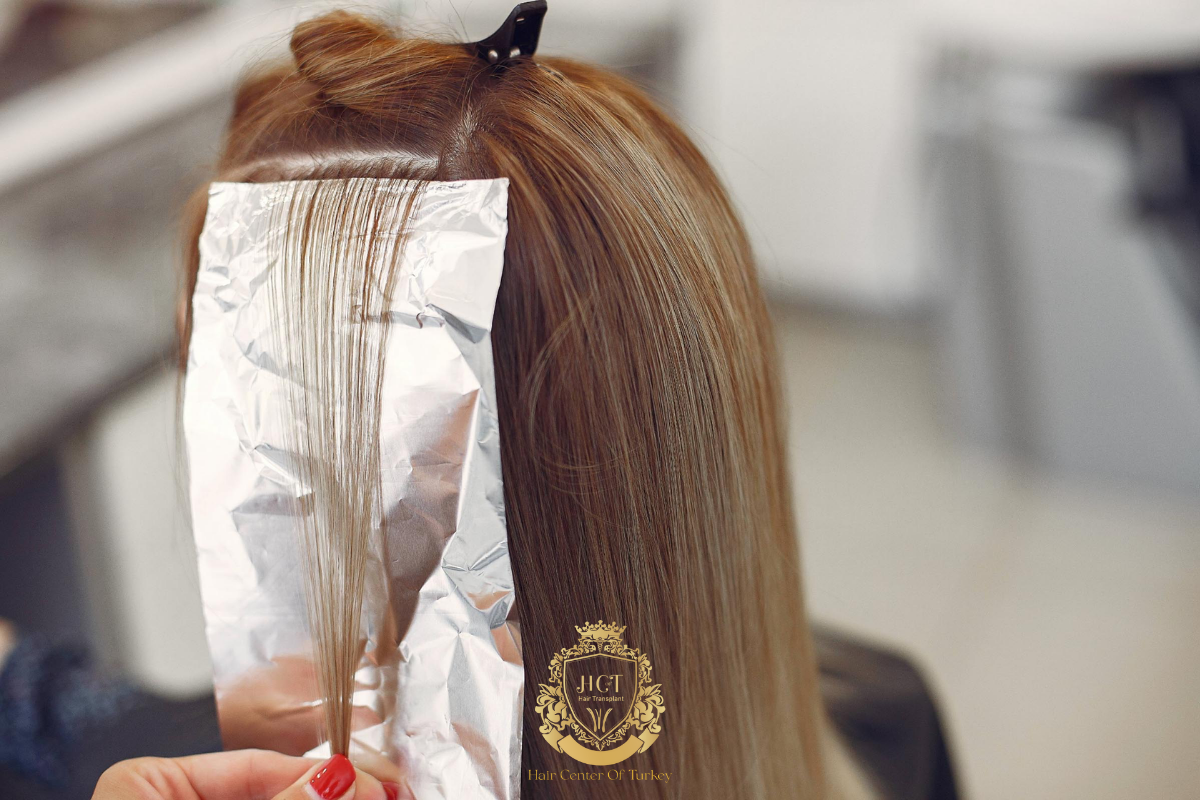
Key Differences Between Ombre, Balayage, and Sombré
The differences generally lie in color transition, contrast, and application technique:
- Transition Style: Ombre has a distinct contrast, balayage has a natural transition, and sombré has an extremely soft transition.
- Application Method: Ombre is applied to the entire hair, balayage is applied by hand-sweeping sections, and sombré uses a soft, blended technique.
- Natural Look: Ombre is more dramatic, balayage moderately natural, and sombré maximizes naturalness.
- Maintenance: Ombre requires less frequent touch-ups due to color on the ends, balayage requires moderate maintenance, and sombré requires the least maintenance.
Considering these differences makes it easier to determine which hairstyle suits you best.
Who Is Each Hair Technique Suitable For?
Instead of chemical dyes, you can use natural alternatives:
- Ombre: Ideal for those who want a bold, dramatic look. Works especially well on long hair and dark tones.
- Balayage: Suitable for those who want a natural and soft color transition. Works on all hair types and highlights facial features.
- Sombré: Best for those seeking minimal change and a sophisticated look. Ideal for maintaining natural hair color.
Choosing the right technique depends on your hair texture, length, and style preferences. Consulting a hairdresser ensures the best results.

Hair Care Tips
Hair care after coloring is essential for maintaining color longevity and hair health:
- Ombre: Use a deep conditioning mask 1–2 times per week. Limit heat styling and apply UV-protective products to prevent color fading.
- Balayage: Requires less maintenance. Regular moisturizing and nourishing serums keep hair looking vibrant.
- Sombré: Since it has the most natural transition, maintenance is easiest. Light moisturizers and heat protectants are sufficient.
In all techniques, using color-safe shampoo and conditioner helps prevent damage and keeps the color vibrant.
The technique you choose depends on your desired look and maintenance routine. Ombre, balayage, and sombré differ mainly in transition style, contrast, and naturalness. For a dramatic look, choose ombre; for a natural, dynamic look, choose balayage; for a soft, sophisticated transition, choose sombré.
When applied correctly, each technique adds a modern, stylish touch to your hair. Remember, hair health comes first, so never skip your post-color care routine.


